Did you know that Sofia, the capital city of Bulgaria, is one of the oldest capital cities in Europe after only Athens and Rome. It has many names throughout history, heck, the human habitation of this area can be traced all the way back to 7,000 BC!
The city has been through a lot and you can really see its rich heritage seeping through as you walk along the city's cobblestone streets. Other than the Byzantine churches with their ornate frescoes, the city's vibrant street art, hip cafes, and bustling markets are also what make this city, a must-stop for those who are planning to travel around Bulgaria.
Within this guide, you will find all the information you need to help plan the perfect trip to Sofia. From visiting one of the most beautiful Orthodox churches in the world, St. Alexander Nevsky Cathedral to going on day trips and visiting Rila Monastery, the most sacred monastery in the country, here are the 12 best things to do in Sofia for solo travelers:
- Sofia Itinerary Map
- Where to Stay in Sofia?
- Quick Summary: Things to do in Sofia
-
12 Best Things to Do in Sofia
- Admire the Beauty of St. Alexander Nevsky Cathedral
- Check Out the Church of St Paraskeva
- Go On a Day Trip and Visit Rila Monastery
- Visit Plovdiv as a Day Trip
- Drop By the Church of St. Nicholas the Miracle-Maker
- Hang Out at the City Garden
- Stroll Around St. George Rotunda Church
- Check Out the Frescoes Inside Sveta Nedelya Church
- Learn More About Sofia at the Regional History Museum
- Visit Sofia Synagogue
- Walk Around Bulevar Vitosha
- Hang Out at the National Palace of Culture
- More Sofia Activities
- Further Reading for Bulgaria
Sofia Itinerary Map
| ❤️ Must Visit: | St. Alexander Nevsky Cathedral |
| 🥘 Place to Eat: | Cafe 1920 |
| 🏛️ Best Museum: | Regional History Museum |
| ☀️ Great Day Trip: | Rila Monastery |
Quick Summary: Things to do in Sofia












- Hostel Mostel Sofia (Budget)
- 5 Vintage Guest House (Mid-Range)
- Sofia Balkan Palace (High-End)
- From Sofia: Rila Monastery and Boyana Church Group Tour (8 - 12 hours) 🏅 Top Pick
- Day Tour from Sofia to Skopje, North Macedonia (12 hours)
- From Sofia: Rila Monastery and Boyana Church Day Trip (7 - 8 hours)
12 Best Things to Do in Sofia
1. Admire the Beauty of St. Alexander Nevsky Cathedral
One of the most famous landmarks in Sofia is St. Alexander Nevsky Cathedral, an impressive Orthodox cathedral, one of the most beautiful cathedrals in the region, in my opinion, located right in the heart of the capital city, looming over the entire cityscape, and there is no better place to begin our journey in Sofia than here.
The cathedral's history is one of resilience and triumph. It was built in the late 19th century to honor the Russian soldiers who died during the Russo-Turkish War. The construction of the cathedral was a massive undertaking that took over 20 years to complete. It was a symbol of national pride and identity during a time of struggle and oppression.
The cathedral is best known for its perfect blend of Neo-Byzantine and Neo-Classical architectural styles featuring a striking gold-domed roof at the top of layers of green-domed ones, stacking on top of each other, creating a cascade, and it is standing prominently in a vast spacious square allowing us to appreciate it in all its glory.
No time to read?
Don't worry. You can save this page to Pinterest and come back later.
The interior is also quite impressive with its massive arched hall, with walls adorned with stunning frescoes depicting scenes from the Bible, as well as images of important saints and martyrs, painted in these vibrant colors all across the central hall.
Although the interior could use a little more maintenance, the sheer scale of it all still blew me away. It is truly, one of the most beautiful cathedrals in the country!
You can get inside the cathedral for free but if you want to take photos and videos with cameras other than from your phone, you are going to have to pay around 10 BGN (5 EUR) as a donation to the preservation of the church. The cathedral is open from 7 AM to 7 PM every day. Definitely one of the best things to do in Sofia.
Where to Stay in Sofia?
2. Check Out the Church of St Paraskeva
Not too far from St. Alexander Nevsky Cathedral, you will find the Church of St Paraskeva, a massive unique-looking church built in the early 20th Century with a similar architectural style to the St. Alexander Nevsky Cathedral but smaller and with its own unique take.
The church has a large central dome with a rounded inner chamber, adorned with intricate frescoes and paintings in bright vibrant colors that tell the story of St. Paraskeva and other important religious figures.
One of the highlights of this church is the beautifully carved iconostasis, which is a screen that separates the nave from the sanctuary. The iconostasis is adorned with stunning icons and carvings while the altar area is adorned with beautiful religious artifacts, including chalices, candlesticks, and other important religious items.
It is a great place to drop by before we explore the other part of the city. The church is open from 8 AM to 6 PM every day and there is no entrance fee to enter.
3. Go On a Day Trip and Visit Rila Monastery
After spending a day exploring all the tourist attractions in Sofia, it is time to go off into the countryside and visit some of the best tourist attractions around the capital city.
One of the most important tourist attractions that you have to visit when you travel to Bulgaria is Rila Monastery, one of the most sacred Orthodox monasteries that attract more than 900,000 believers, pilgrims, and tourists from across the world each year.
Nestled in between the rolling mountains of Rila at an elevation of 1,147 m (3,763 ft) above sea level, covering more than 8.7 ha (940,000 sq ft), the monastery is considered to be the largest temple in the entire country.
Despite its impressive scenery and exotic location, the monastery is actually best known for its incredibly detailed and colorful frescoes and murals that covered both the inside and outside of the monastery.
It is one of the most beautiful frescoes I've ever seen in my life. Starting off right at the entrance of the monastery, you will be met with entire walls of the monastery covered in colorful murals from left to right, from top to bottom. The more you stare at it, the more detail you see.
The inside is also as impressive as the outside, if not more so with its impressive frescoes covering every inch of the interior that are even more beautiful.
The interior of the monastery is also incredibly atmospheric, thanks to the smoke from the candles, the dimly lit atmosphere, and the sunlight that often shines through the small windows on the walls, creating this incredible scene that is hard to explain. You can see the photos above to understand what I mean.
There are also several other structures you can check out while you are exploring Rila Monastery like the imposing Hrelyo's Tower and the museums scattered along the apartment complex that surrounded the monastery. You can spend hours exploring this monastery and you will still have yet to see them all.
While you are here, be sure to check out the monastery's bakery located behind the monastery, outside its walls, and try the fresh and hot Mekitsa, or fried dough with sugar sprinkled over it. It is the best Metkitsa I've tried here and it costs only 1 BGN (0.5 EUR) each!
To get to the monastery from Sofia, you are going to have to rely on an organized tour. There are several organized tours you can choose from that include visiting Rila Monastery as well as other tourist attractions depending on what you want to see.
The most popular one is the Rila Monastery and Boyana Church tour which will take you to Boyana Church, a 10th Century Eastern Orthodox church located on the outskirt of Sofia, known for its old and impressive frescoes inside. I went with this one and it was great with an informative guide and plenty of time to explore Rila Monastery.
If you prefer nature, you can also go on the 7 Rila Lakes and Rila Monastery tour which will take you to Panichishte in the beautiful Rila National Park, get on a cable car up the mountain, and spend 5 hours hiking, strolling, and admiring the views of the glacier lakes from a different perspective before visiting Rila Monastery.
This was the tour I chose initially but the cable car was closed for maintenance the day I was there so I had to choose the previous tour instead. If you are luckier than I am and you prefer nature, I highly recommend you go with this one. Looking for more day trips? Be sure to browse for available tours here. Definitely one of the best things to do in Sofia so do not miss it.
Tours & Tickets You Might Like
Looking to save some costs on your travel? Why not join a shared group tour from Sofia? Here are some activities you might be interested in:
4. Visit Plovdiv as a Day Trip
Another great day trip to make from Sofia is to visit Plovdiv, the second-largest city in Bulgaria and is one of the most historically rich cities in the country dating back to ancient times and as it was inhabited by Thracians, Romans, Byzantines, Bulgarians, and Ottomans throughout the centuries.
Today, Plovdiv is a vibrant cultural and economic center, known for its well-preserved Old Town, which is home to many historical and architectural landmarks, including the Roman amphitheater, the Roman stadium, and the medieval fortress walls.
The city is also famous for its artistic and creative scene, hosting numerous festivals, events, and exhibitions throughout the year. Additionally, Plovdiv was named the European Capital of Culture for 2019, which brought even more attention and visitors to the city.
One of the most popular tourist attractions you should check out first is the Ancient Theatre of Philippopolis, a well-preserved ancient amphitheater located in the heart of Plovdiv's Old Town, built in the 2nd century AD during the Roman Empire's rule of the city, and it is believed to have been one of the largest and most magnificent theaters in the Balkans.
After you are done at the ancient theatre, you can begin exploring all the beautiful historic structures in Plovdiv's Old Town like St. Constantine & Helena Church, the Regional Ethnographic Museum, one of the most beautiful buildings here, and Balabanov's House, a traditional house turned museum, preserving the 19th Century's way of life.
Plovdiv is also well known for its creative and artistic scene and there is no better place to experience it firsthand than at Kapana, a charming arts and cultural neighborhood of Plovdiv full of street arts, art galleries, and specialty shops.
Kapana is a Bulgarian word that translates to "the trap" and if the art and creative scenes are not enough to trap you in there forever, the cozy cafes, chick bars, and awesome array of restaurants will definitely do it.
Other notable tourist attractions in Plovdiv are the Ancient Stadium of Philipopolis, another remnant of the Roman Empire, the lively Central Square and its Roman Forum, and Alyosha Monument, an incredible viewpoint on top of Bunardzhika Hill with a beautiful vantage point over the city.
The best part is you can easily visit Plovdiv independently by taking either a bus or a train from Sofia Bus Station or Sofia Train Station respectively.
For this trip, I prefer trains over buses as the trains in Bulgaria are surprisingly great with clean and well-maintained facilities and they are quite reliable, unlike trains in other countries in the Balkans, but both are great options for this trip and it will depend entirely on which modes of transportation fits your schedule most.
You can look up for train schedule on its official website and you can buy one at the ticket kiosk at the train station. There are several direct trains between the 2 cities from 6:20 AM to 10:25 PM every day. The journey should take about 2.5 hours and cost around 9.15 BGN (4.7 EUR).
For buses, you can check the schedule online and book the ticket directly here. The journey should take about 2 hours and cost around 8 EUR. A little faster than trains but also a bit more expensive.
If you would rather visit Plovdiv with a guide to help explain all the history and stories behind attractions in Plovdiv, I highly recommend you go on this organized tour. They will take you to Plovdiv and back without having to worry about the logistics of it all. All in all, Plovdiv is an amazing city to visit so if you have a day to spare in Sofia, I highly recommend you spend an entire day in Plovdiv.
5. Drop By the Church of St. Nicholas the Miracle-Maker
Now, back in Sofia, you will find another unique-looking church you should definitely drop by, the Church of St. Nicholas the Miracle-Maker. The church is a Russian Orthodox church built in the early 20th Century in a beautiful Russian Revival architectural style, unlike the other churches around it.
It was built on top of a mosque that was destroyed in the 19th Century after Russia liberated the city from the Ottoman Empire. Unlike the other large domed designs you see adorned other churches, this church features 5 striking spires with iconic golden domes at the top.
The interior is also rather impressive with every inch of the church covered in beautiful frescoes and paintings as well as decorated with all kinds of icons and carvings. It is a great place to drop by as you explore Sofia's city center. The church is open from 8 AM to 6:30 PM every day and there is no admission fee to enter.
6. Hang Out at the City Garden
The City Garden is a beautiful scenic park with fountains, park benches, and greeneries, surrounded by some of the prettiest European-style buildings in the city.
The park was built in 1872 as a place for locals to hang out and enjoy the little green space, away from the bustling city around it. You can come here for a little stroll around the park, check out its fountain, and admire the beauty of Ivan Vazov National Theater, a beautiful and imposing neoclassical theater, that is on full display here.
You will also find many locals enjoying each other's company, playing chess, sharing books in the small public library here, and sitting and relaxing and one of the many cafes around the park. It is a great place to take a break from all the exploration and enjoy the more peaceful side of Sofia.
7. Stroll Around St. George Rotunda Church
Sofia is an old city. Like really REALLY old. So old, that you will stumble upon a 4th Century church like St. George Rotunda Church in the middle of a courtyard, surrounded by modern apartment blocks. The church is a Late Antique red brick rotunda, built in the early 4th century as Roman baths before it was converted into a church during the Roman Empire and Byzantine Empire.
The church is situated within a larger archaeological site which encompasses a range of ancient structures. Behind the apse of the church, you can see the remnants of an old Roman street with a well-preserved drainage system as well as foundations of a large basilica, and some smaller buildings.
Inside, you will find beautiful frescoes under the domed ceiling that dated all the way back to the Byzantine era, which goes to show just how old this city is. The church is open from 8 AM to 7:30 PM every day and there is no admission fee to enter.
8. Check Out the Frescoes Inside Sveta Nedelya Church
I hope you are not getting tired of churches because there is another impressive church in the city that you should also check out. Sveta Nedelya Church is an Eastern Orthodox cathedral originally built in the 10th Century but it had been destroyed and renovated so many times throughout history, it is hard to keep count.
The building you see today was a reconstruction in a beautiful Byzantine Revival architectural style after it was razed (again) in 1925. Despite its impressive interior, the church is best known for its beautiful frescoes inside as well as the place where the relics of Serbian king Stefan Milutin lie.
Inside, you will find yourself in a large domed hall surrounded by all the colorful murals and frescoes you can come to expect in Bulgarian churches.
Every inch of this church's interior is painted with depictions of religious scenes and figures. It is quite a sight to behold. The church is open from 7 AM to 7 PM every day and there is no entrance fee.
9. Learn More About Sofia at the Regional History Museum
If you are interested to learn more about the rich and long history of Sofia, I highly recommend you check out Sofia's Regional History Museum, a fascinating museum that offers a deep dive into the rich and diverse history of the region.
The museum's vast collection encompasses a range of artifacts and exhibits that showcase the history and culture of the region. Inside, you will find various exhibitions and numerous galleries that feature everything from ancient artifacts and medieval weaponry to folk costumes and contemporary artwork.
One of the highlights of the Regional History Museum Sofia is the stunning collection of Thracian gold. This impressive collection features a range of intricately crafted jewelry and other artifacts that date back to the ancient Thracian civilization.
The museum is also housed in this beautiful 19th Century neoclassical building that used to be Sofia Central Public Mineral Baths, which is a tourist attraction in itself.
The museum is open from 10 AM to 6 PM every day except on Mondays and the entrance fee is 6 BGN or 1 EUR which is very affordable. You can also go on a walking tour if you which to dive even deeper into the history of this awesome city or if you want to learn more about the communist era of Sofia and see some of the brutalist-style buildings from that era, be sure to check out this organized walking tour.
10. Visit Sofia Synagogue
Located not too far from the Regional History Museum, you will find Sofia Synagogue, a striking and historic Jewish temple built in the early 20th Century and considered to be one of the largest Sephardic synagogues in Europe and the largest on the Balkan Peninsula.
The synagogue features a beautiful Spanish-Moorish style exterior with touches of Viennese secession here and there, making it one of the most striking and unique structures you will see in Sofia.
In front of the temple, you will find a beautiful courtyard while inside, you will find yourself in an octagonal hall with four semi-domes at the pointed corners and with rectangular spaces between them.
It is a great place to check out while you are in Sofia. The synagogue is open from 9 AM to 5 PM every day except on Saturdays and the entrance fee is 5 BGN.
11. Walk Around Bulevar Vitosha
After you are done visiting all the churches and museums, it is time to explore the modern part of Sofia and there is no better way to start than at Bulevar Vitosha.
Bulevar Vitosha is a bustling pedestrian street lined with posh stores, restaurants, and bars you can indulge yourself in. The street is named after the famous Vitosha Mountain, which can be seen in the distance from many parts of the city.
You can explore the numerous shops that line the street, which feature everything from local souvenirs and crafts to high-end fashion and luxury goods. The street is also home to a number of cozy cafes and trendy restaurants, so if you are looking for a place to hang out and have dinner, be sure to drop by Bulevar Vitosha.
For those who are into nightlife, Sofia has a ton of hidden pubs and bars across the city. If you are interested in exploring these bars, I highly recommend you check out this pub crawl walking tour which will take you to 4 hidden gems around the city. A great way to see what Sofia has to offer for night owls among us.
12. Hang Out at the National Palace of Culture
The National Palace of Culture is the mother of all Brutalist-style buildings in Sofia and it is one of the most popular places for locals to hang out thanks to its spacious public areas.
The structure is considered to be the largest, multifunctional conference and exhibition center in Southeast Europe and it was opened in 1981 in celebration of Bulgaria's 1300th anniversary. Now, that is a worthy reward for such a feat!
The building itself is cool and all but what attracts me the most about this place is its beautiful park in front of it and the lively atmosphere the locals bring with them as they hang out around the trees and fountains that stretch along the length of the park as it connects to Bulevar Vitosha, the pedestrian street we just visited.
There are also a cafe at the National Palace of Culture with outdoor seating areas you can sit back, relax, and enjoy the lively atmosphere of Sofia. The place is especially lively during the day on the weekends so be sure to drop by here while you are in Sofia.
That is it for the 12 Impressive Things to Do in Sofia for Solo Travelers. Have we missed anything? Have you found the guide useful? Let us know in the comments below!
Now that we have all the information we need, it's time to plan your trip to Sofia, Bulgaria! Here are some resources to help you get your trip going:
Are you planning to travel to Sofia, Bulgaria independently? Be sure to check out my guide on How To Plan A Backpacking Trip here.
Further Reading for Bulgaria
- Want to plan a trip to the Balkans, but not sure where to go? Here is the 31 Most Beautiful Places to Visit in the Balkans.
- For a complete itinerary to the Balkans, check out: 2 Months Backpacking Balkans Itinerary.
- Looking for a complete itinerary to Bulgaria? Check out: 5-Day Backpacking Bulgaria Itinerary
- Plovdiv is a beautiful city, home to ancient Roman ruins, a well-preserved Old Town, and one of the most creatively and culturally thriving cities in Europe. If you are planning to visit the city, here are the 11 Best Things to Do in Plovdiv.
- Not convinced by my words? Here are 125 photos that will inspire you to visit Europe.
- To see all the articles about Bulgaria, visit the Bulgaria Travel Guide page.
- Traveling in Europe can be cheap, really cheap. These are the 12 Cheap European Countries to Visit.
- Looking for more travel guides for Europe? You can find more on my Europe Travel Guide page.
- Or if you want something more specific to the region, visit our Balkans Travel Guide, Eastern Europe Travel Guide, Western Europe Travel Guide, Southern Europe Travel Guide, or Central Europe Travel Guide pages.
- For more of my travel guides like this, visit my Destinations page.
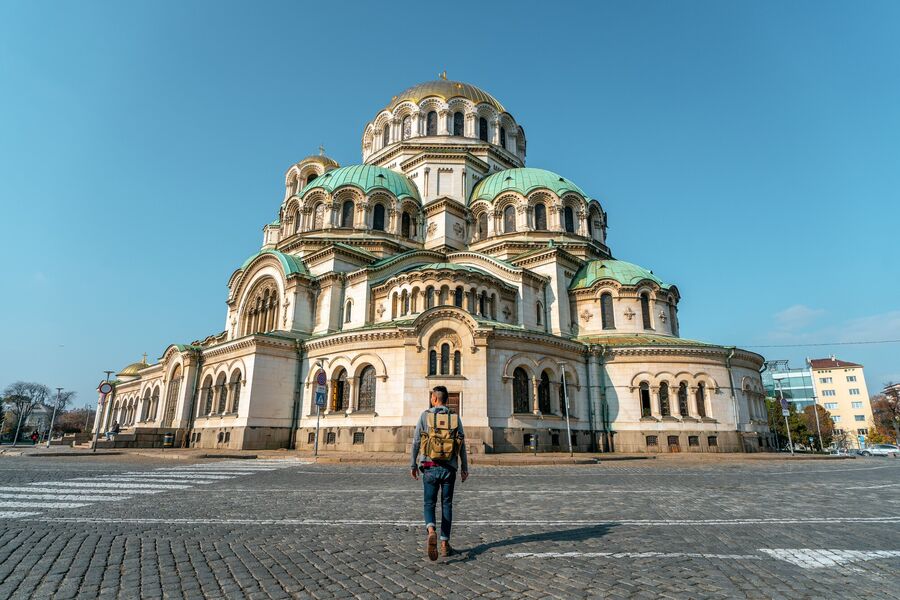
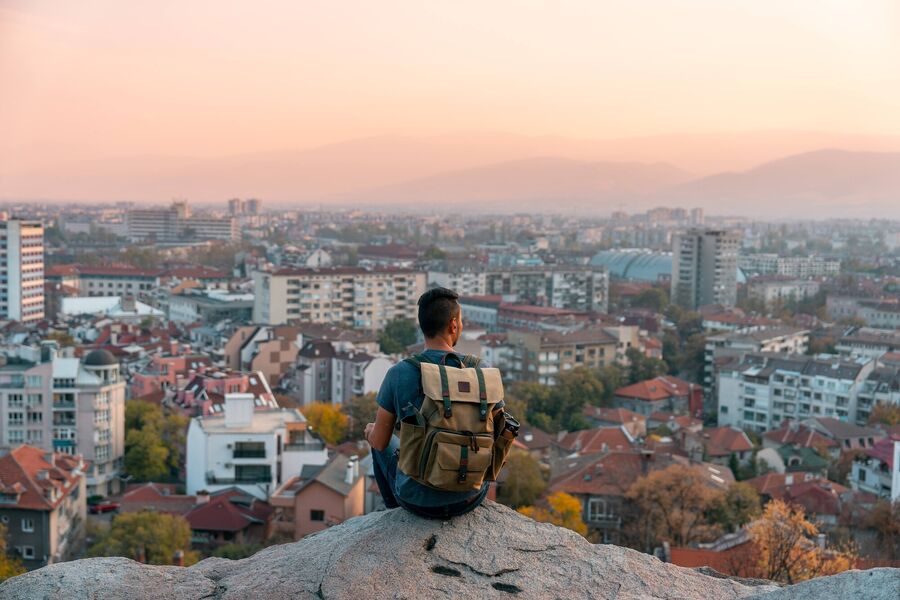
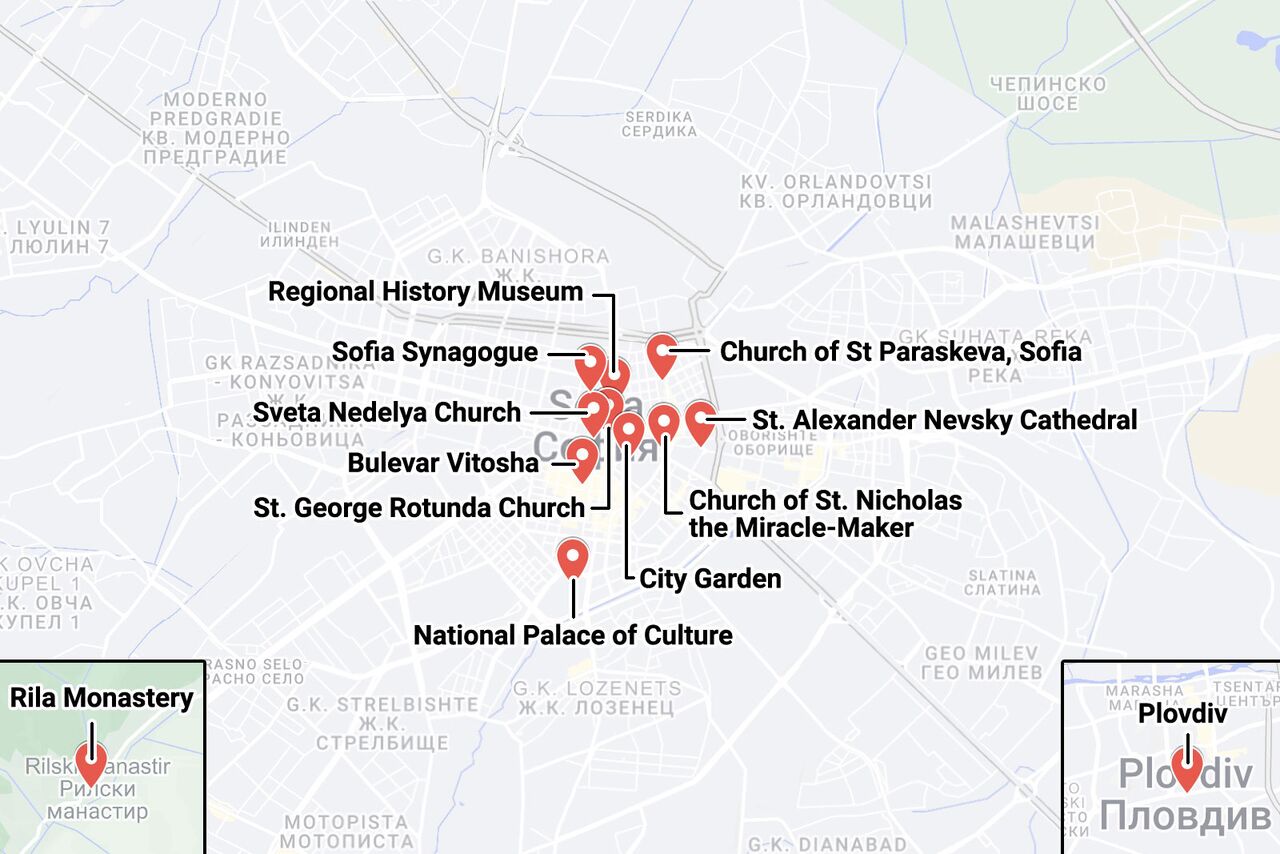


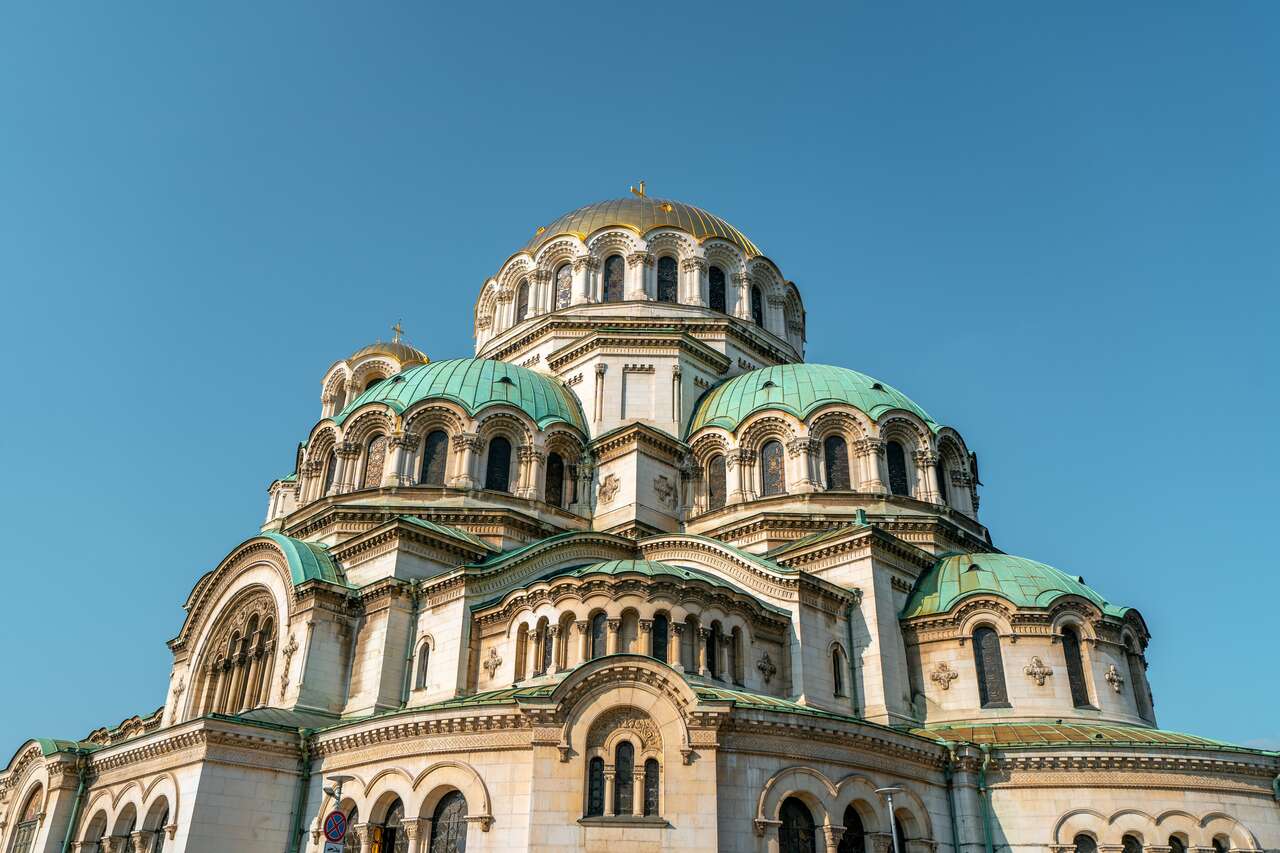
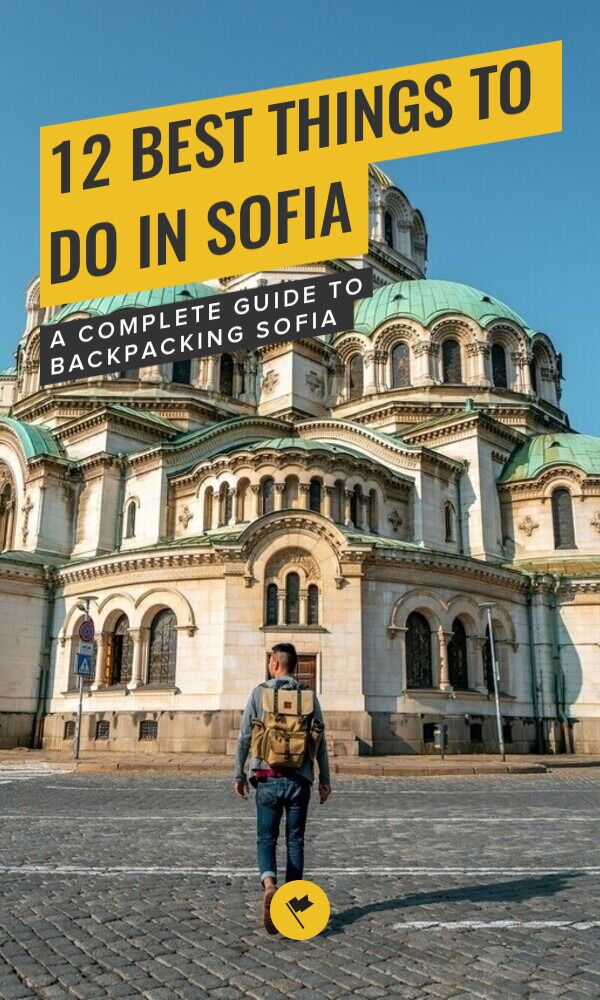

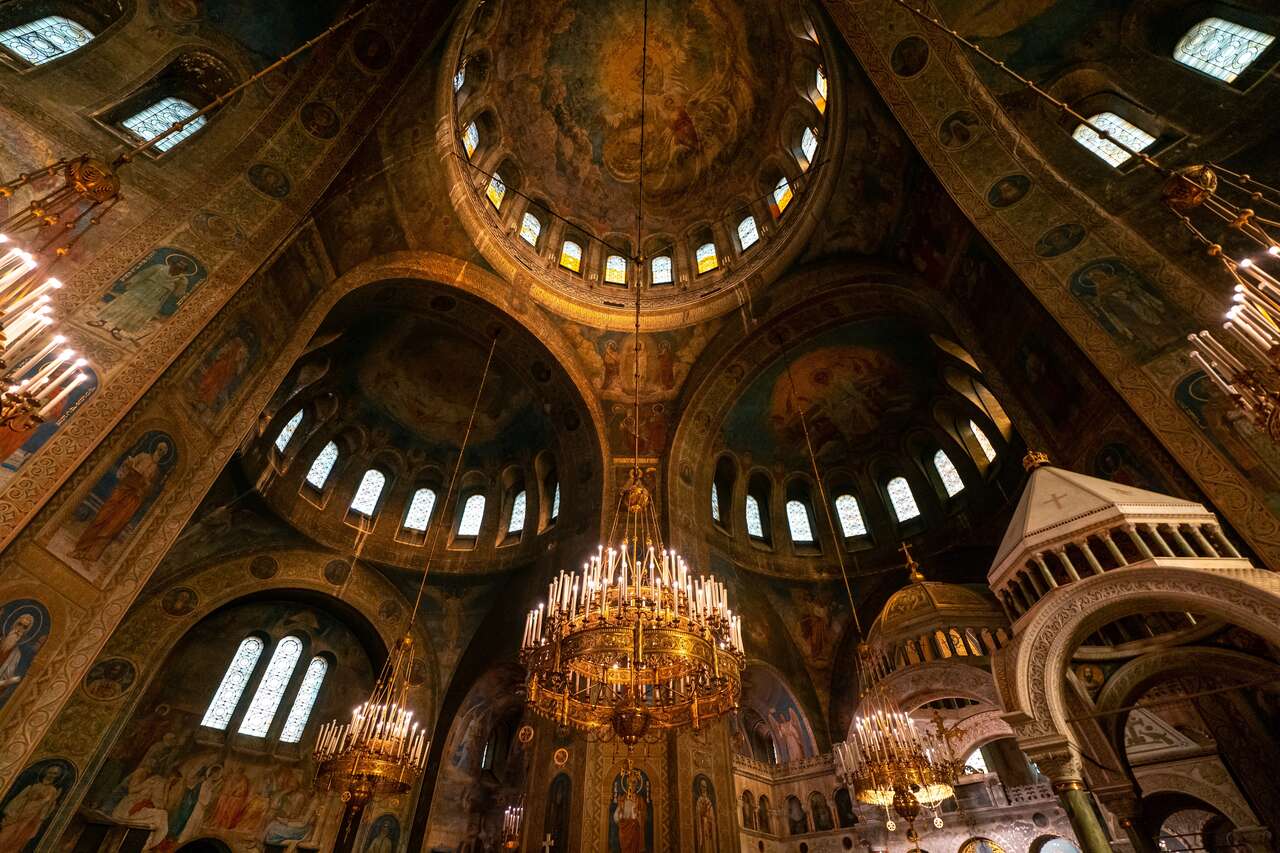


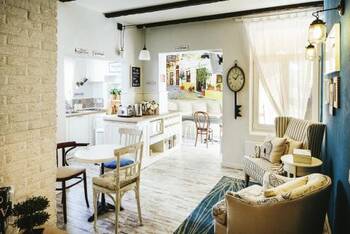
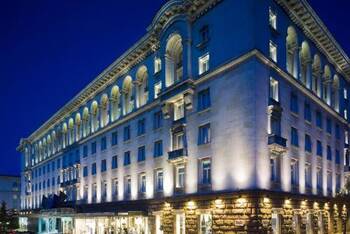

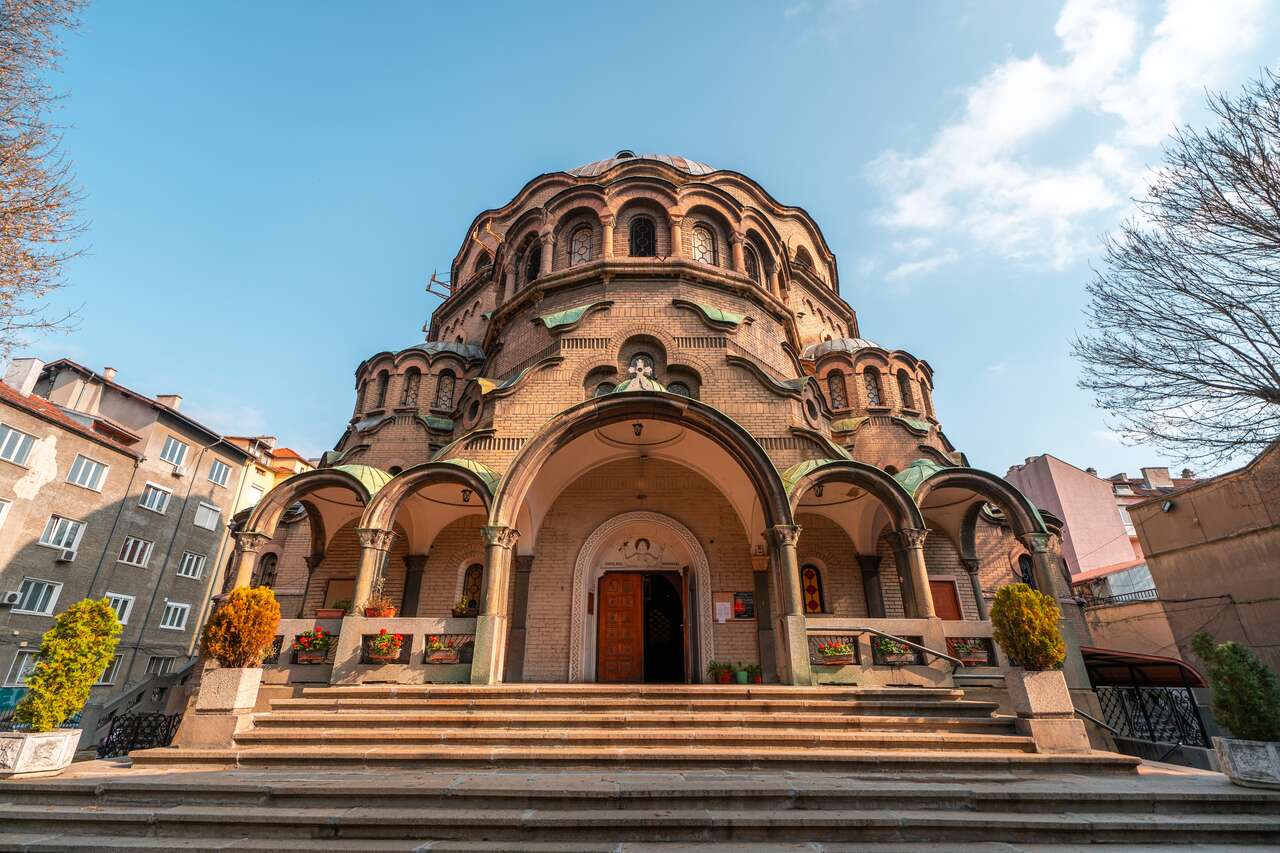
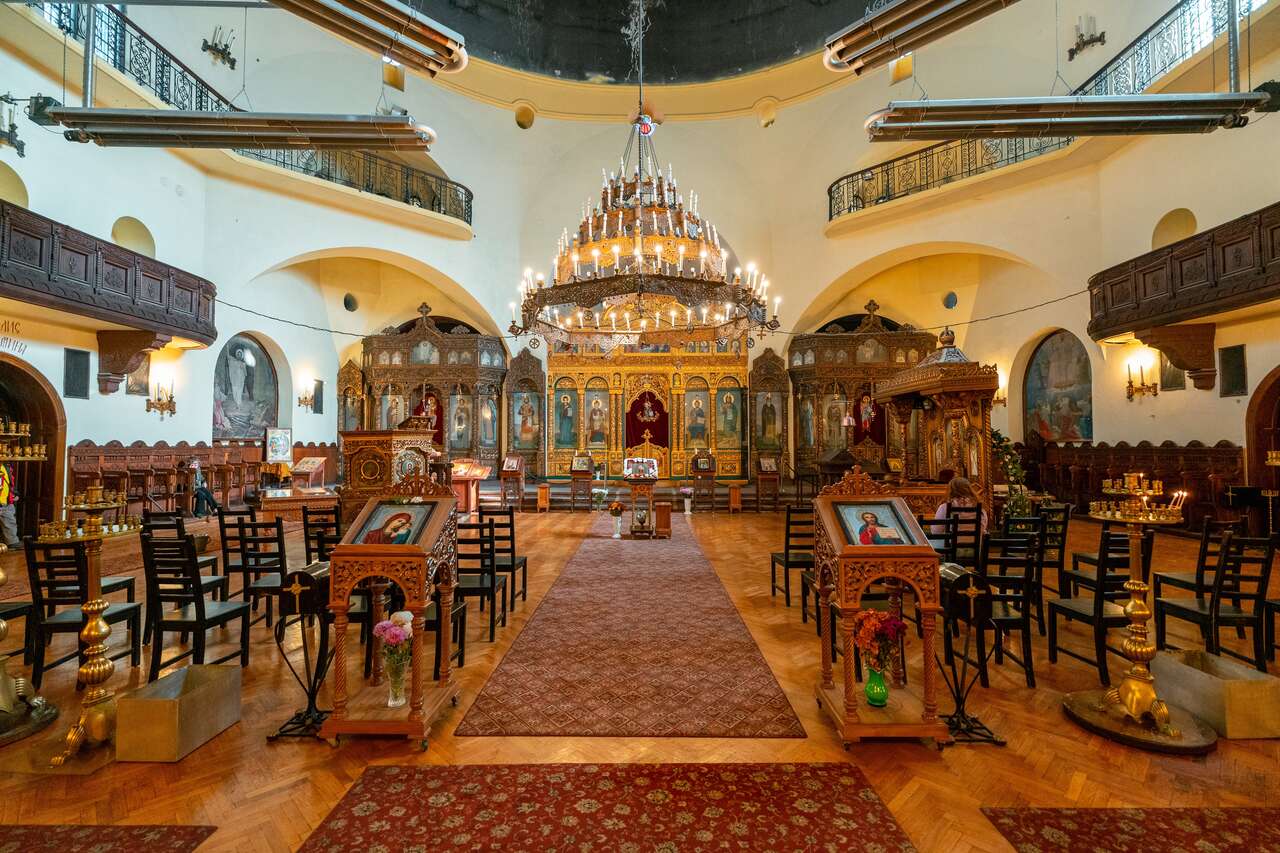
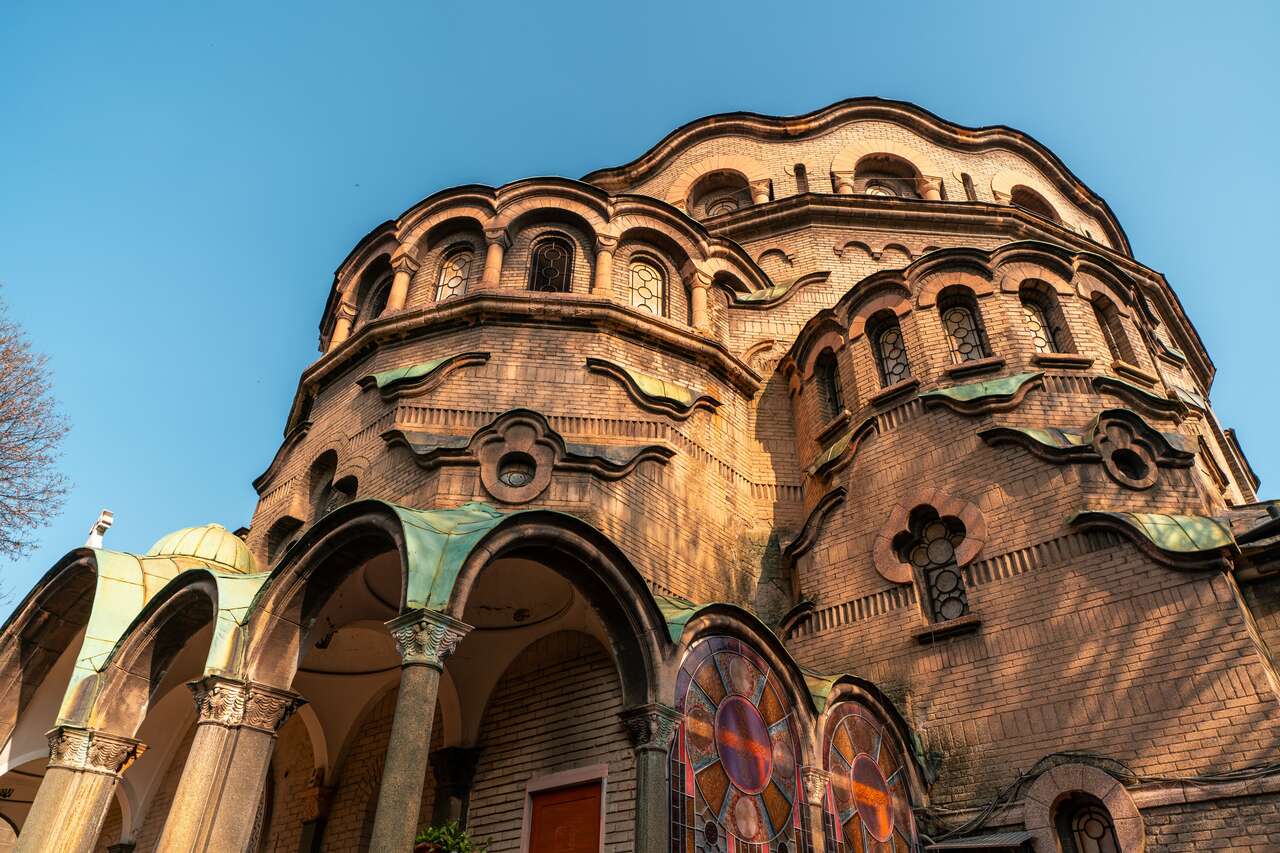
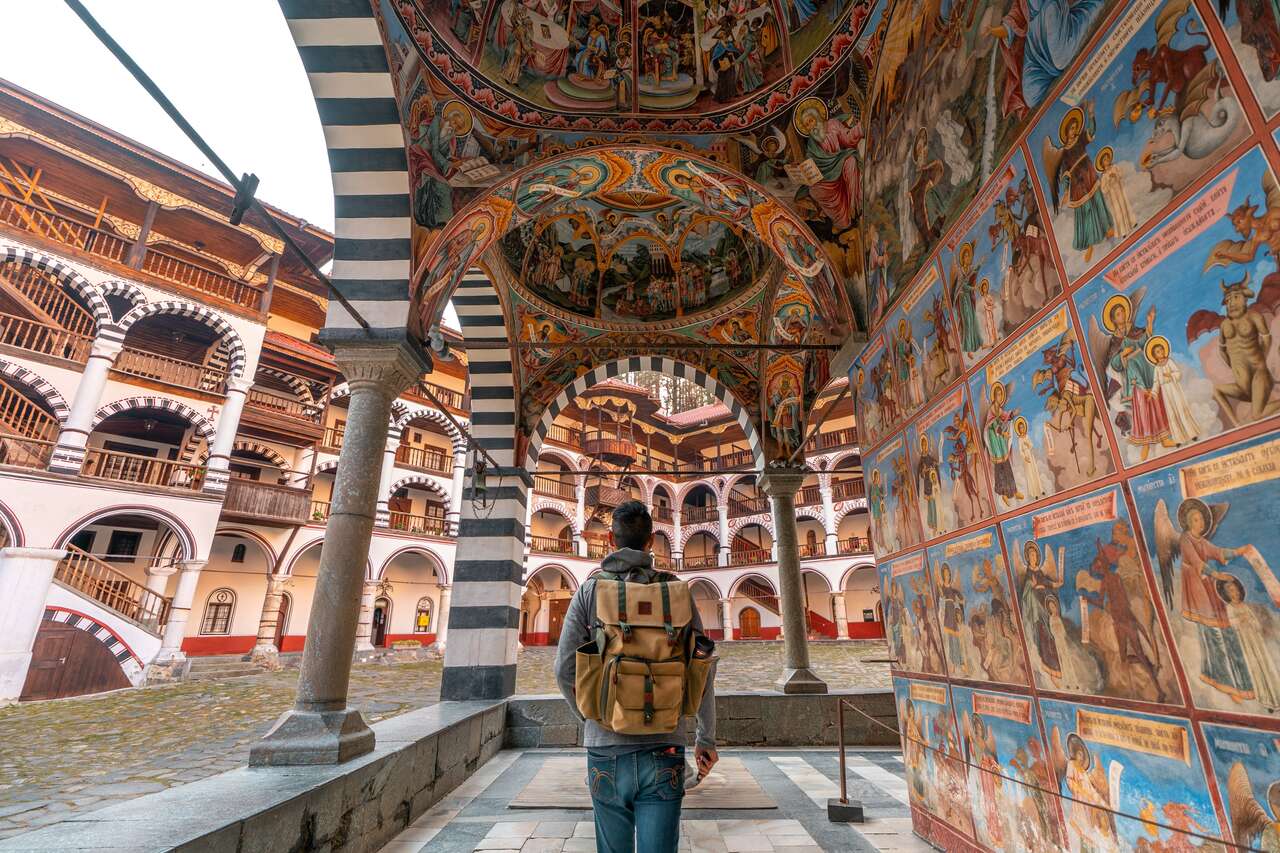
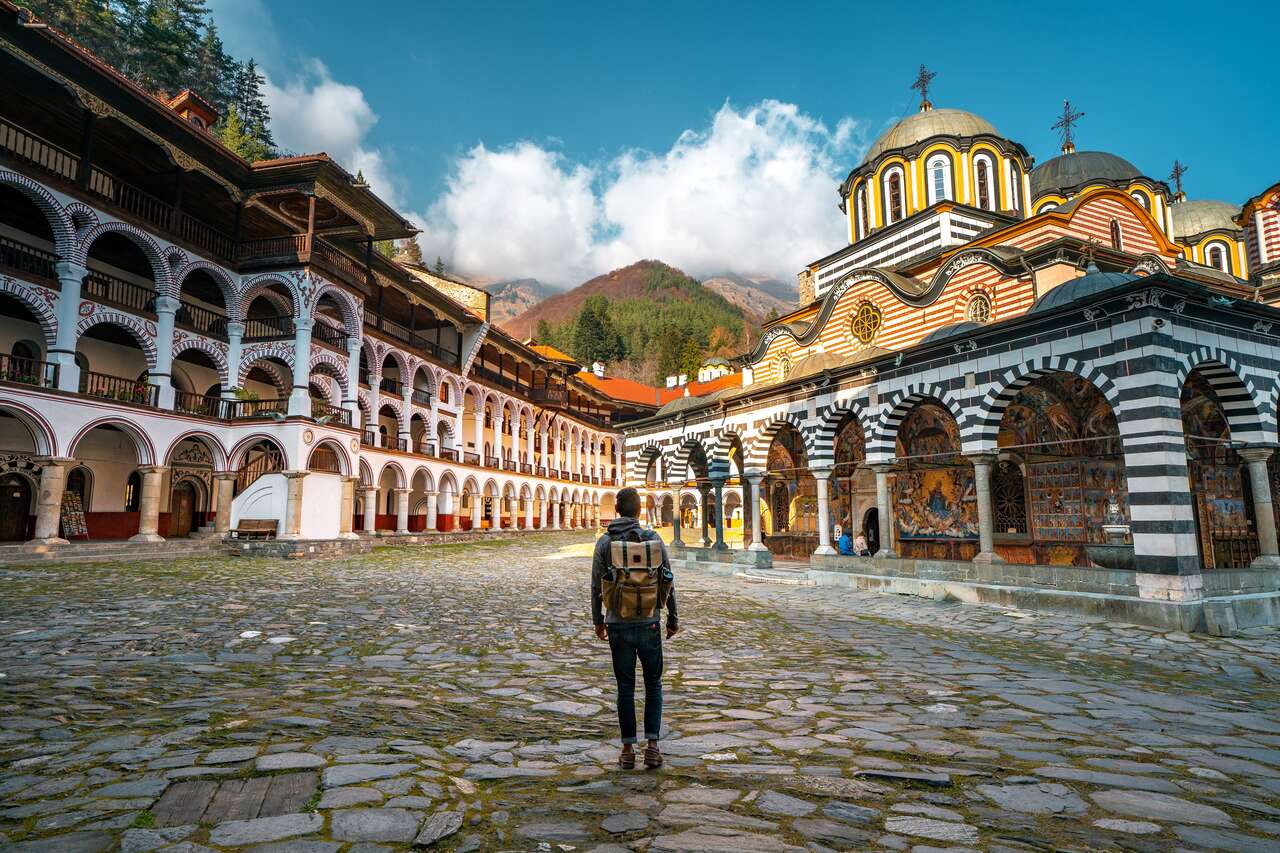
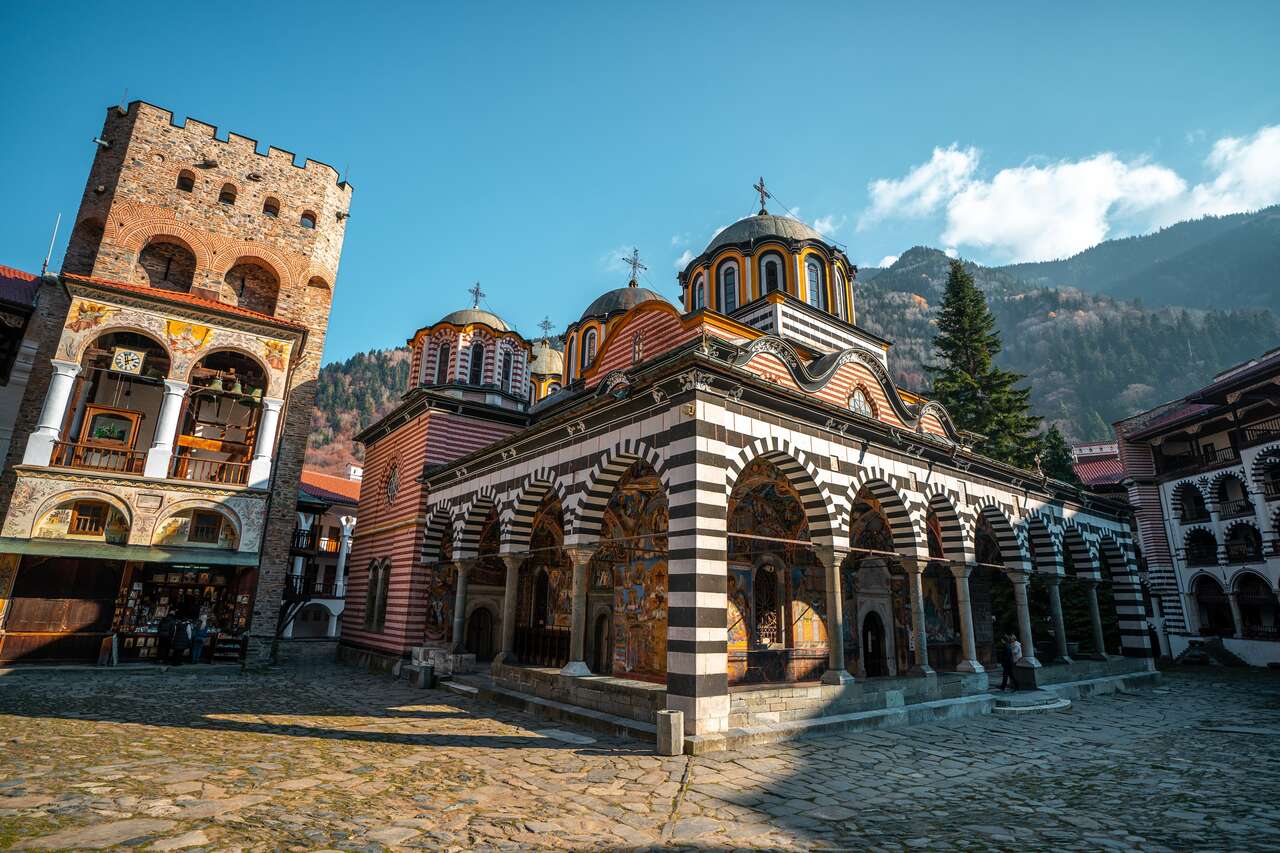
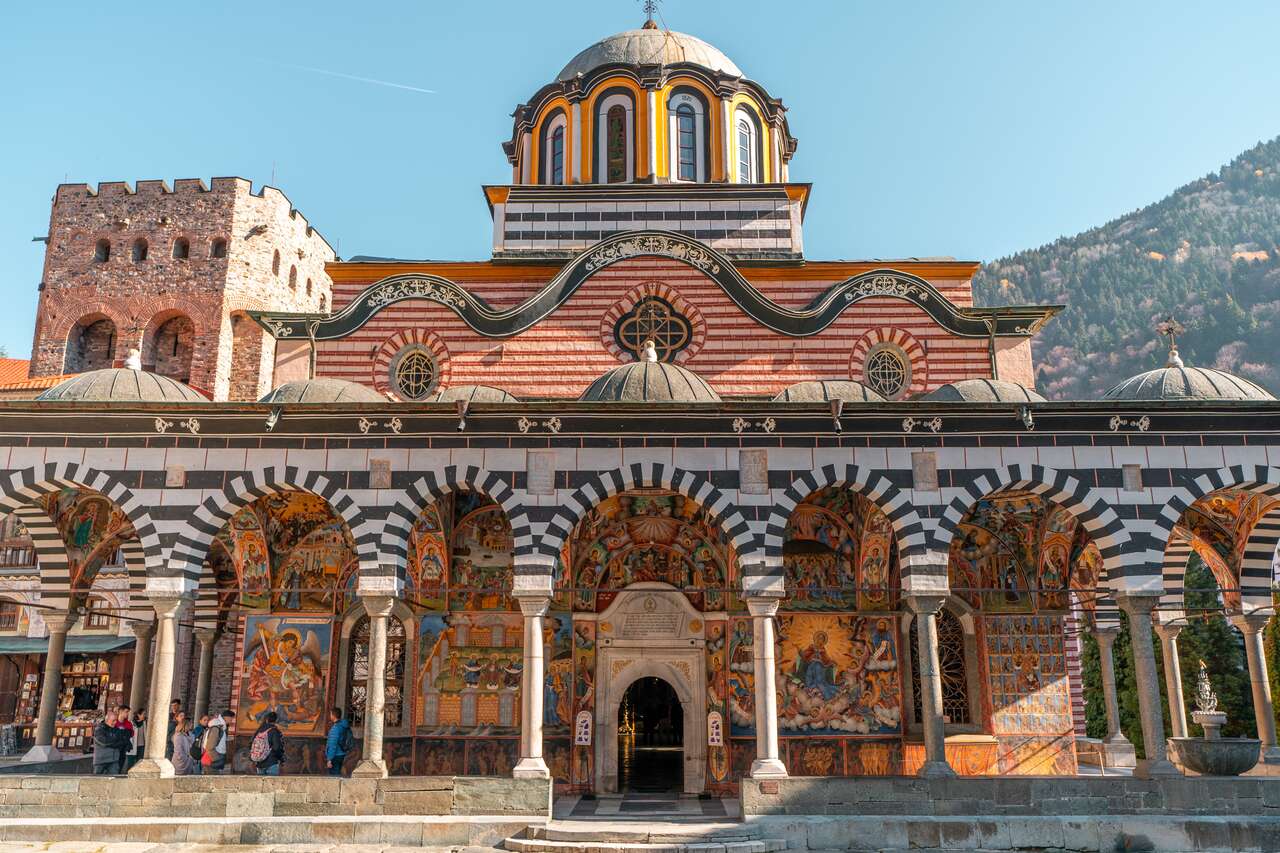
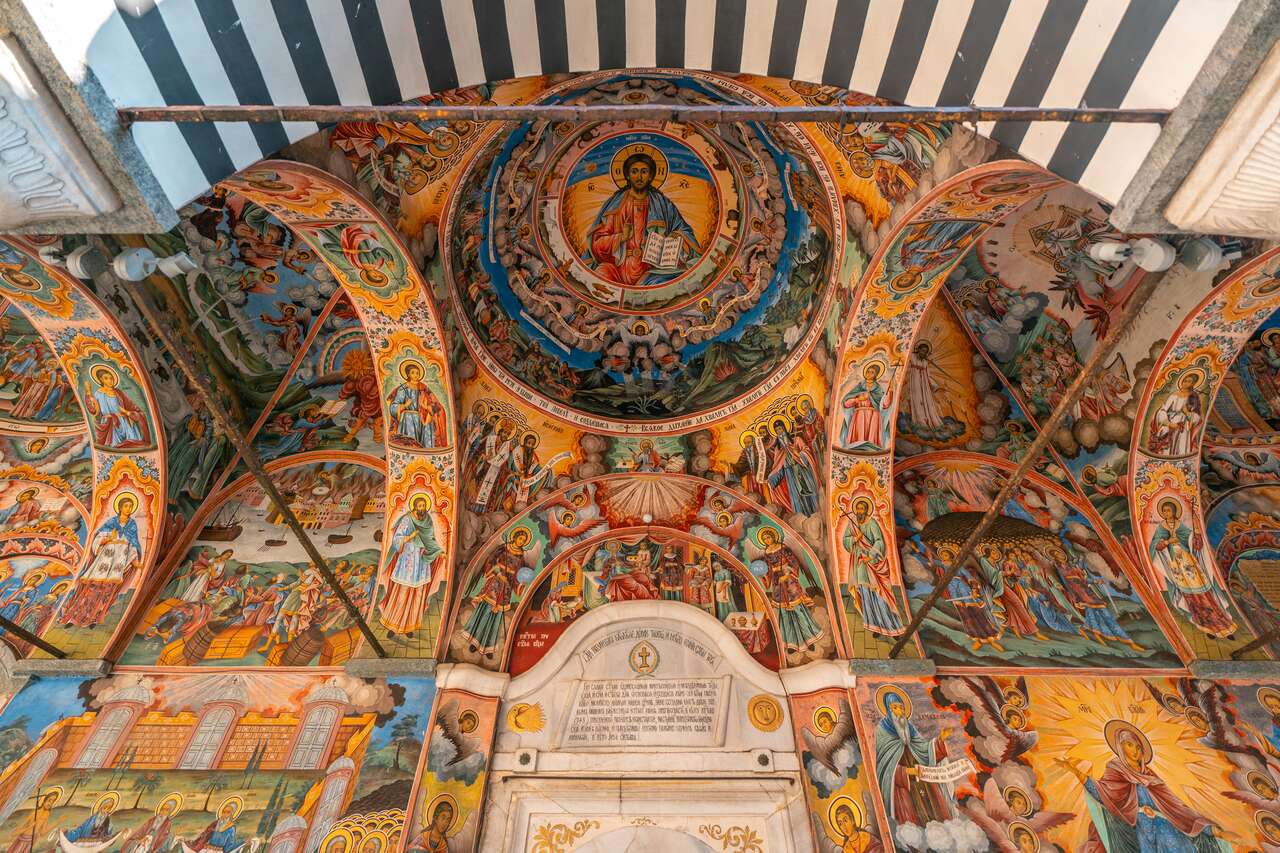

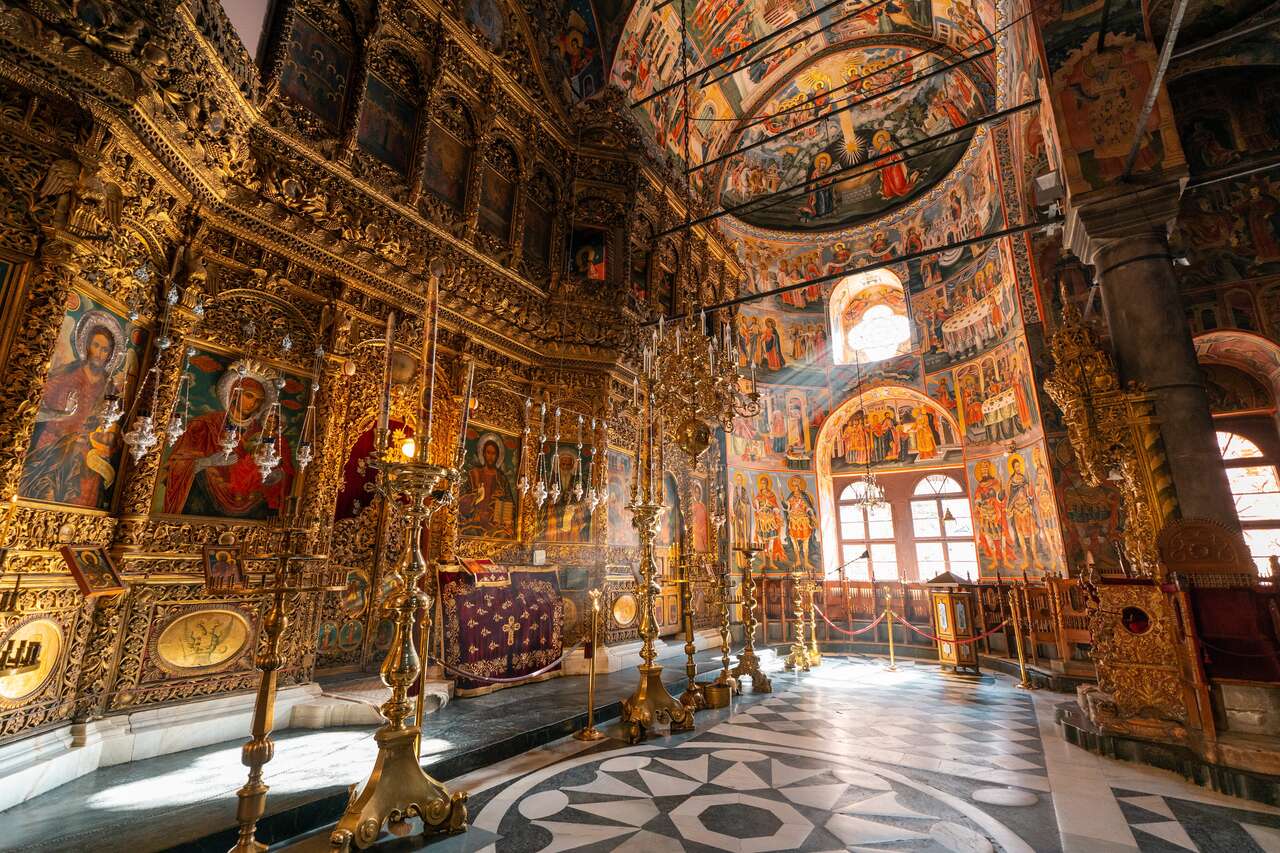

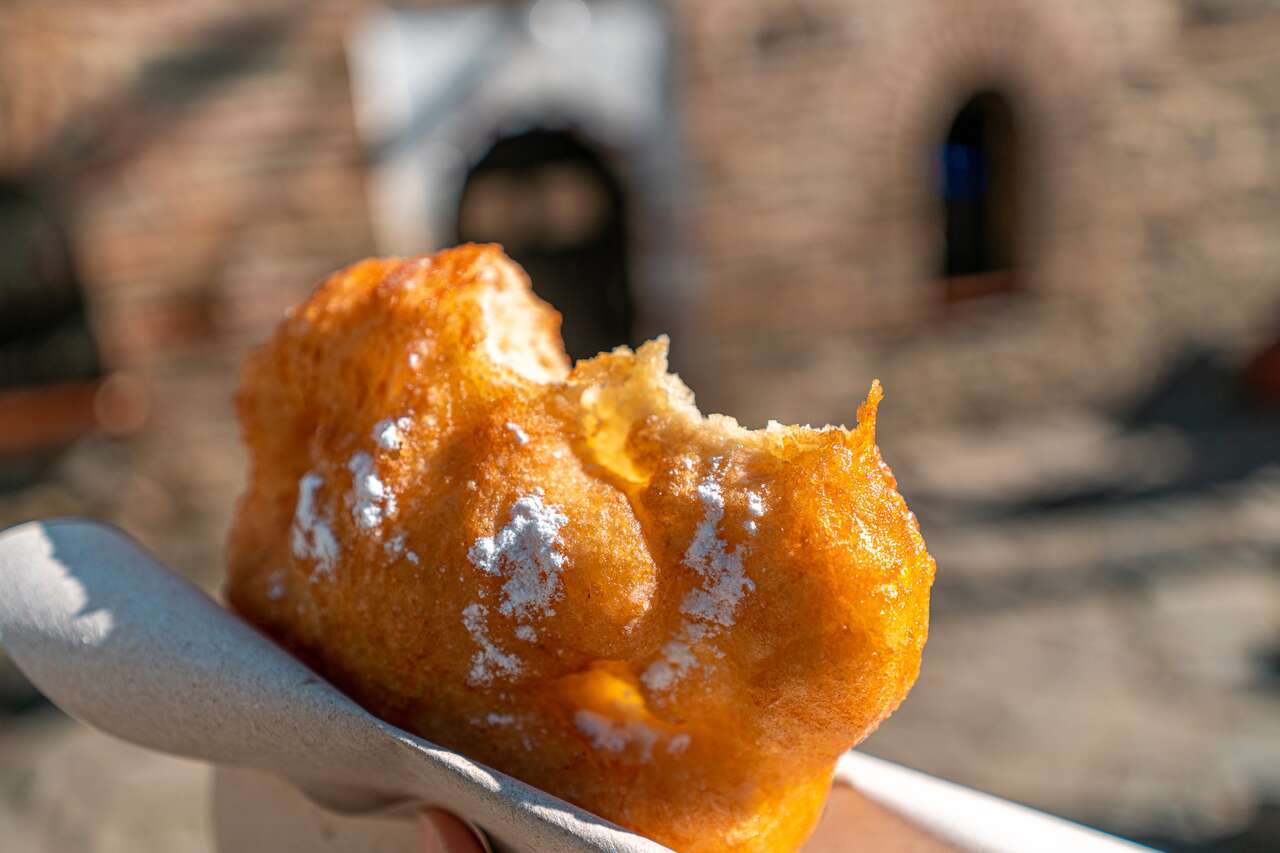
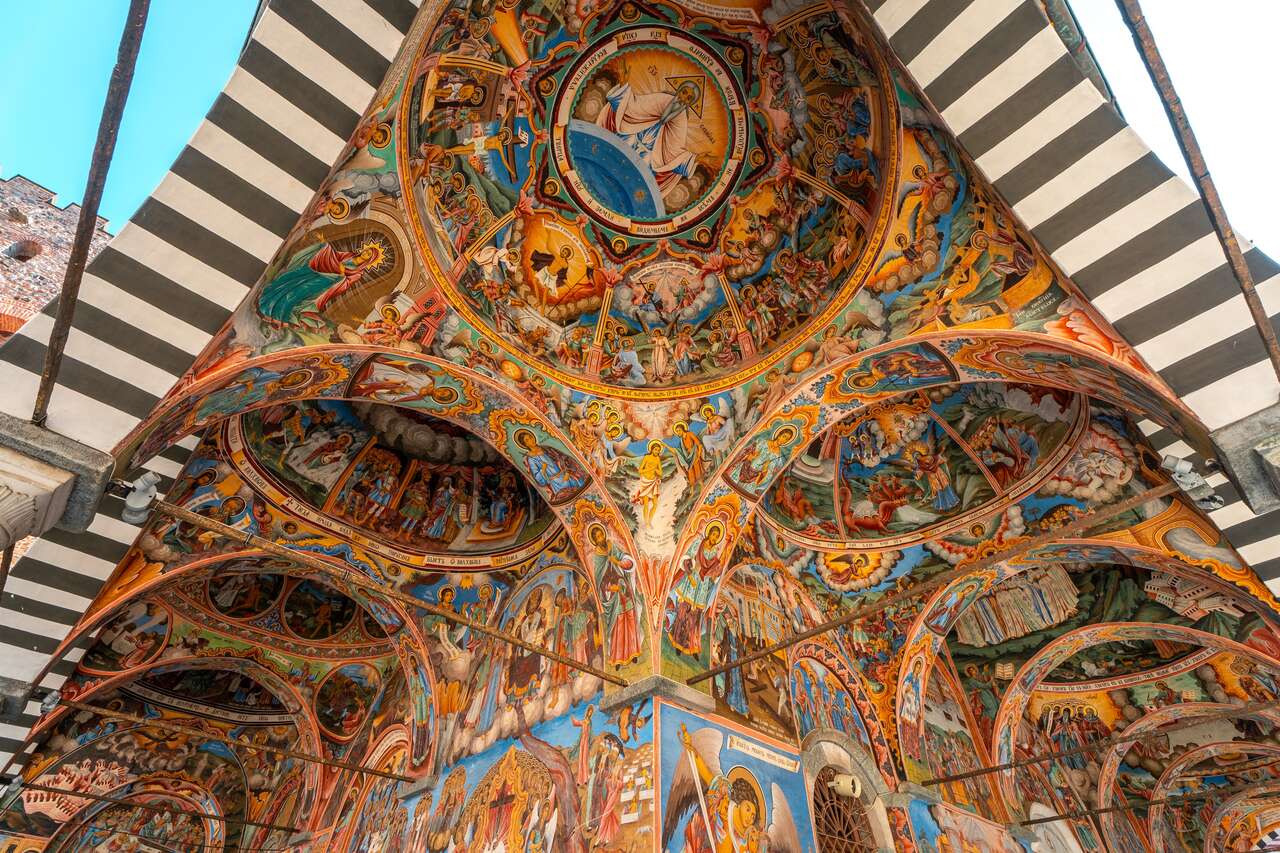
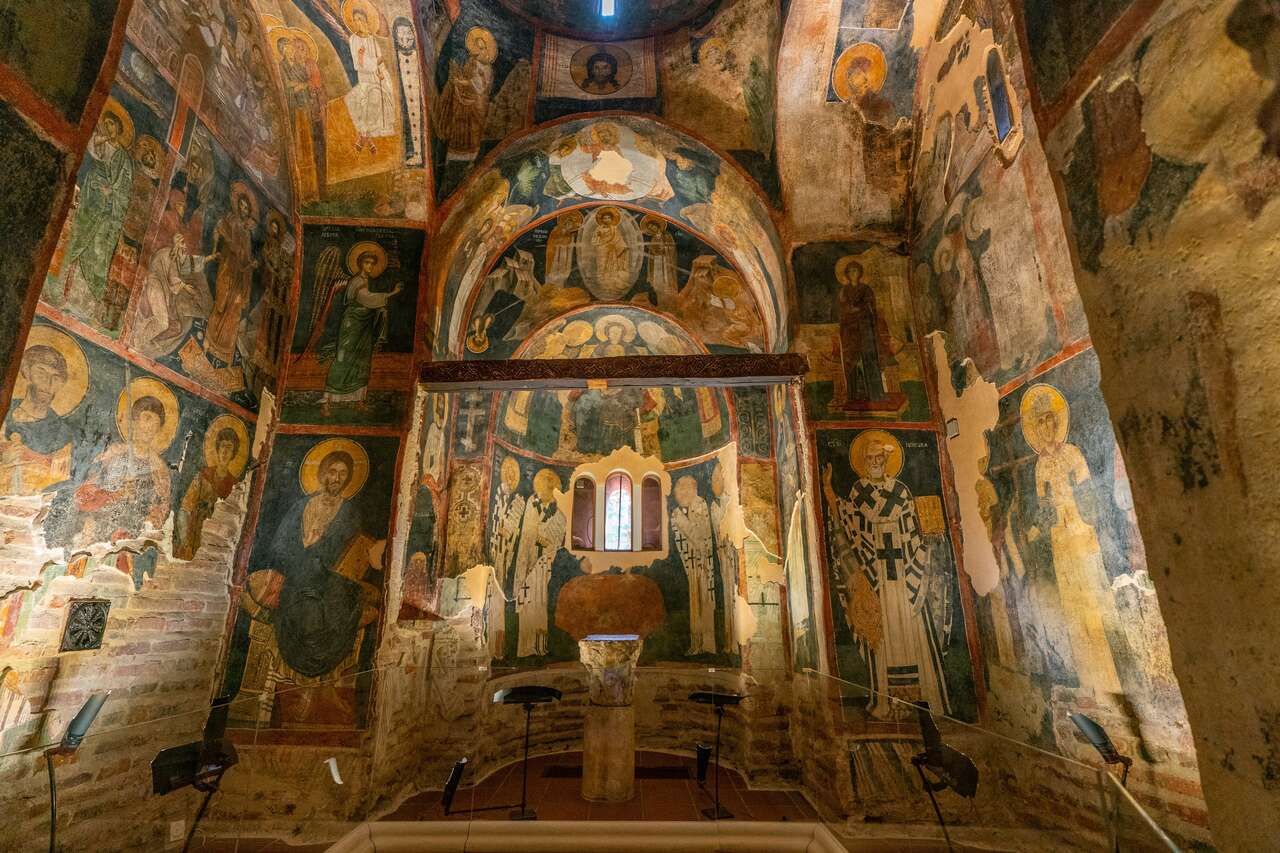

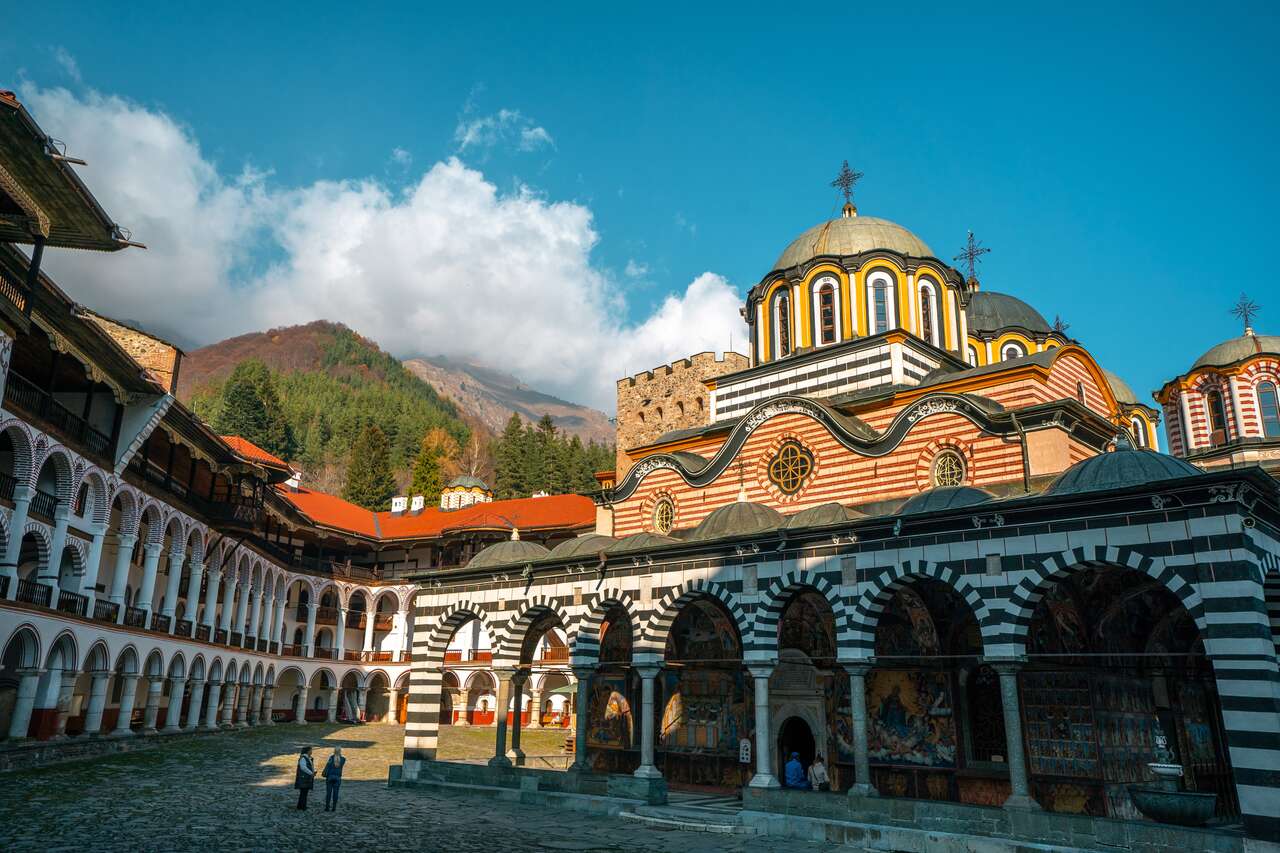
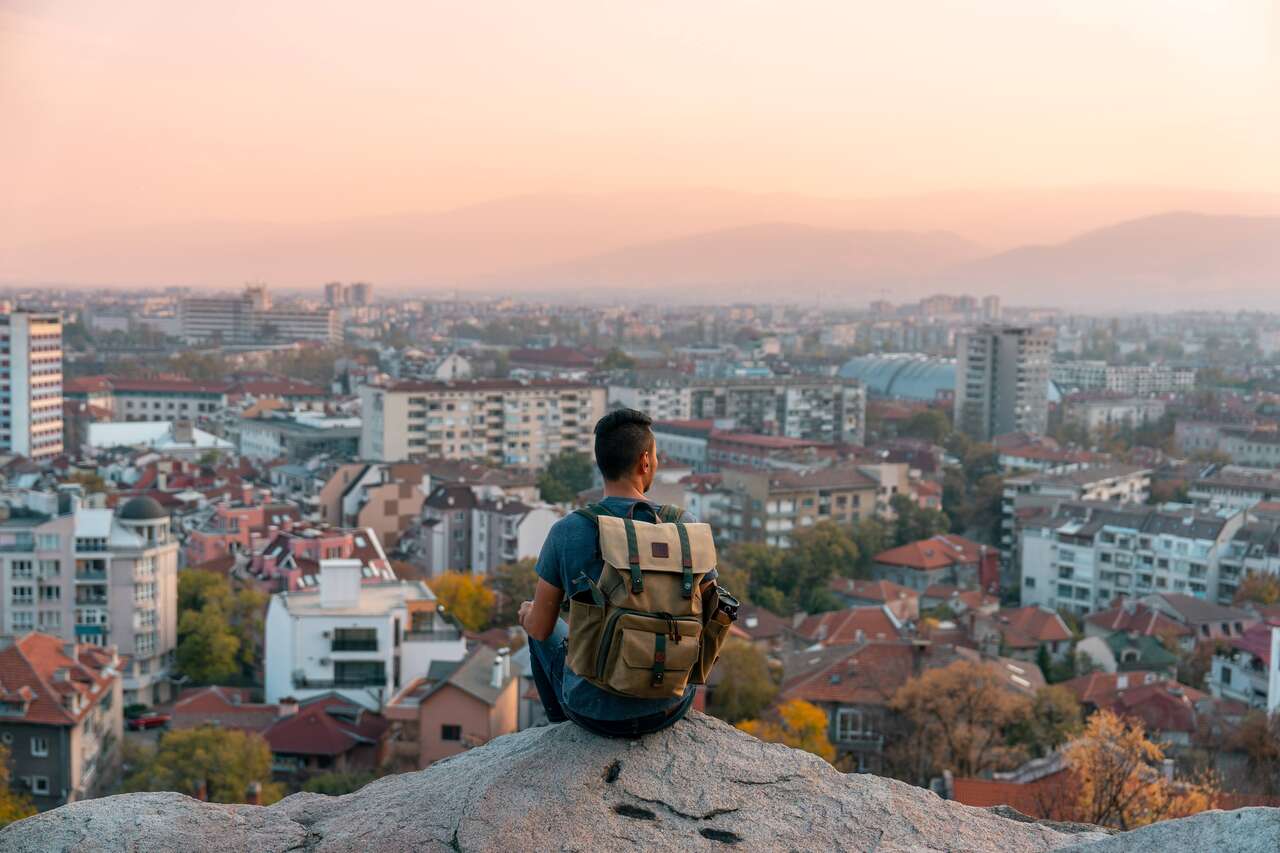

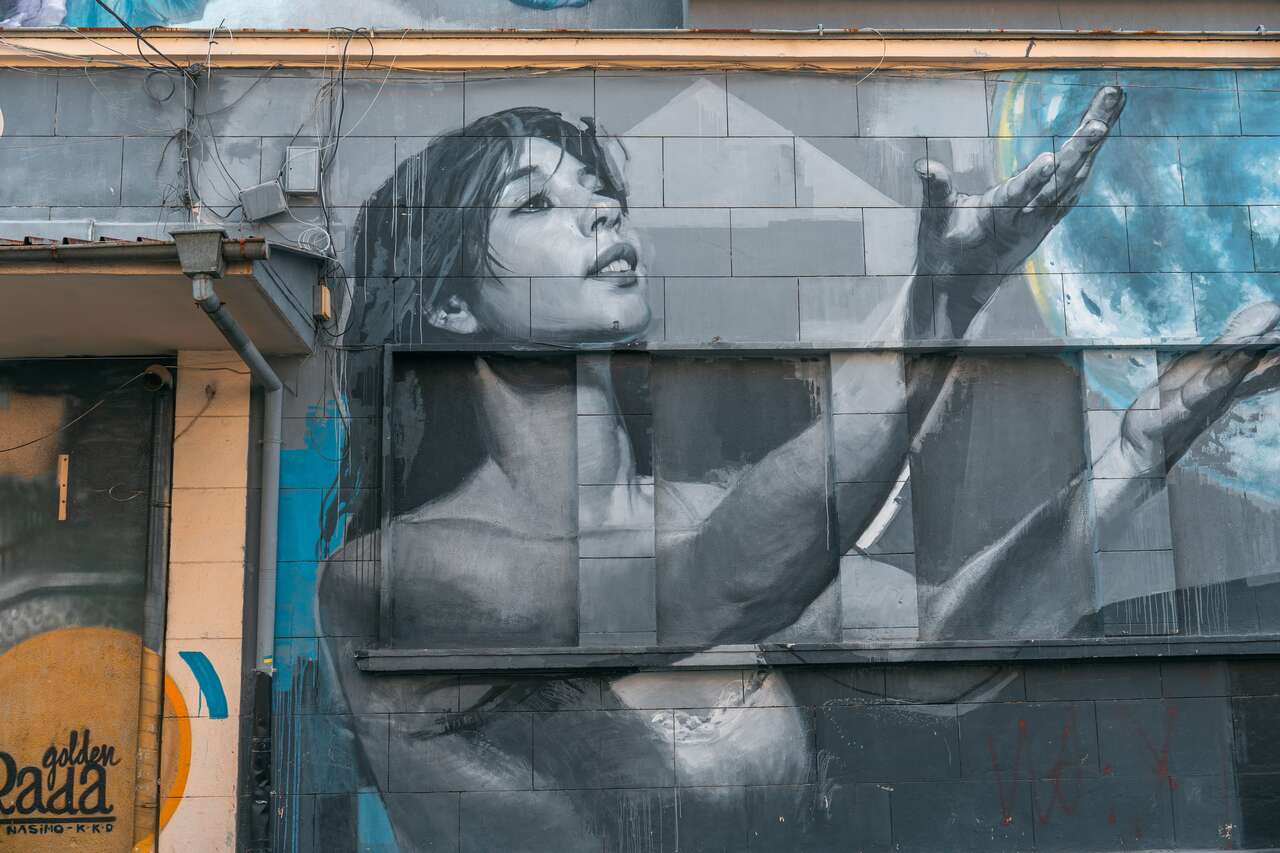
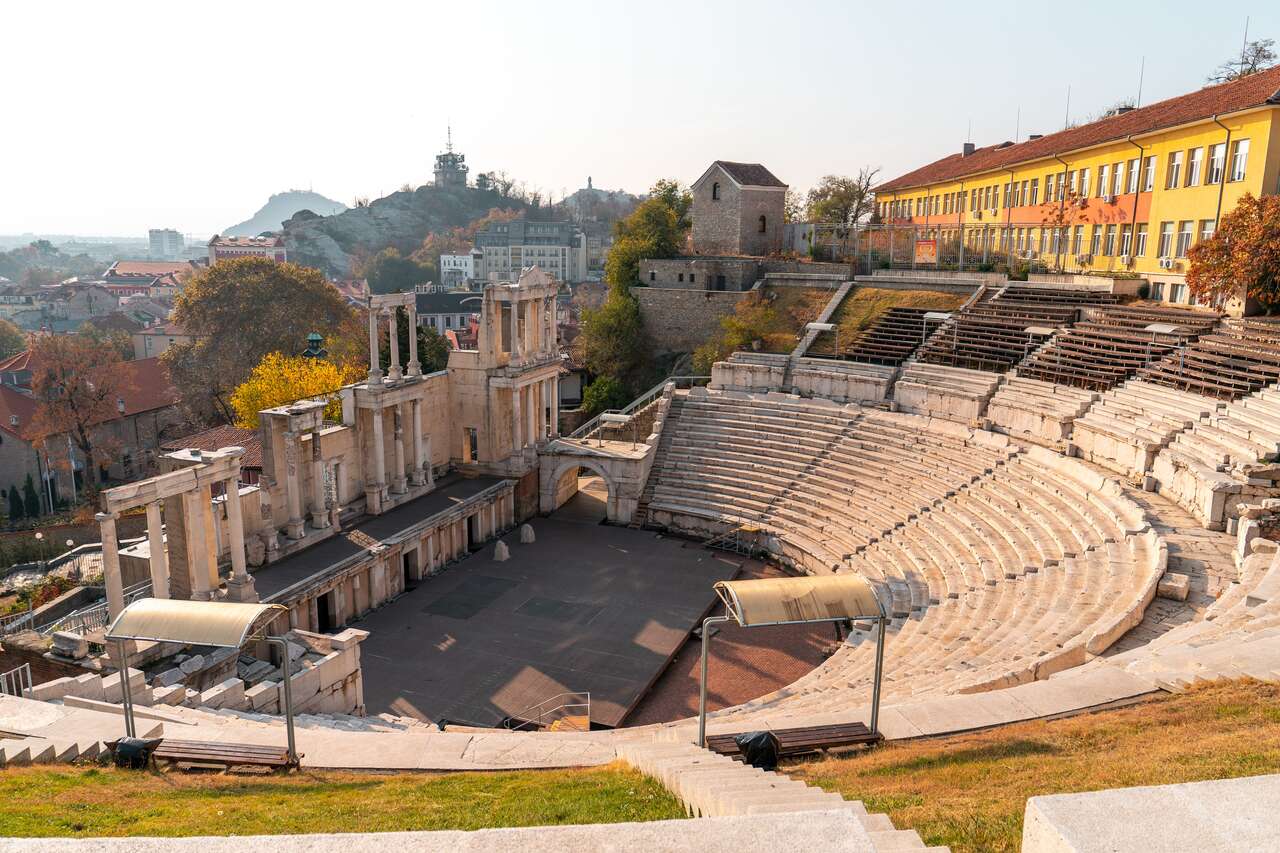
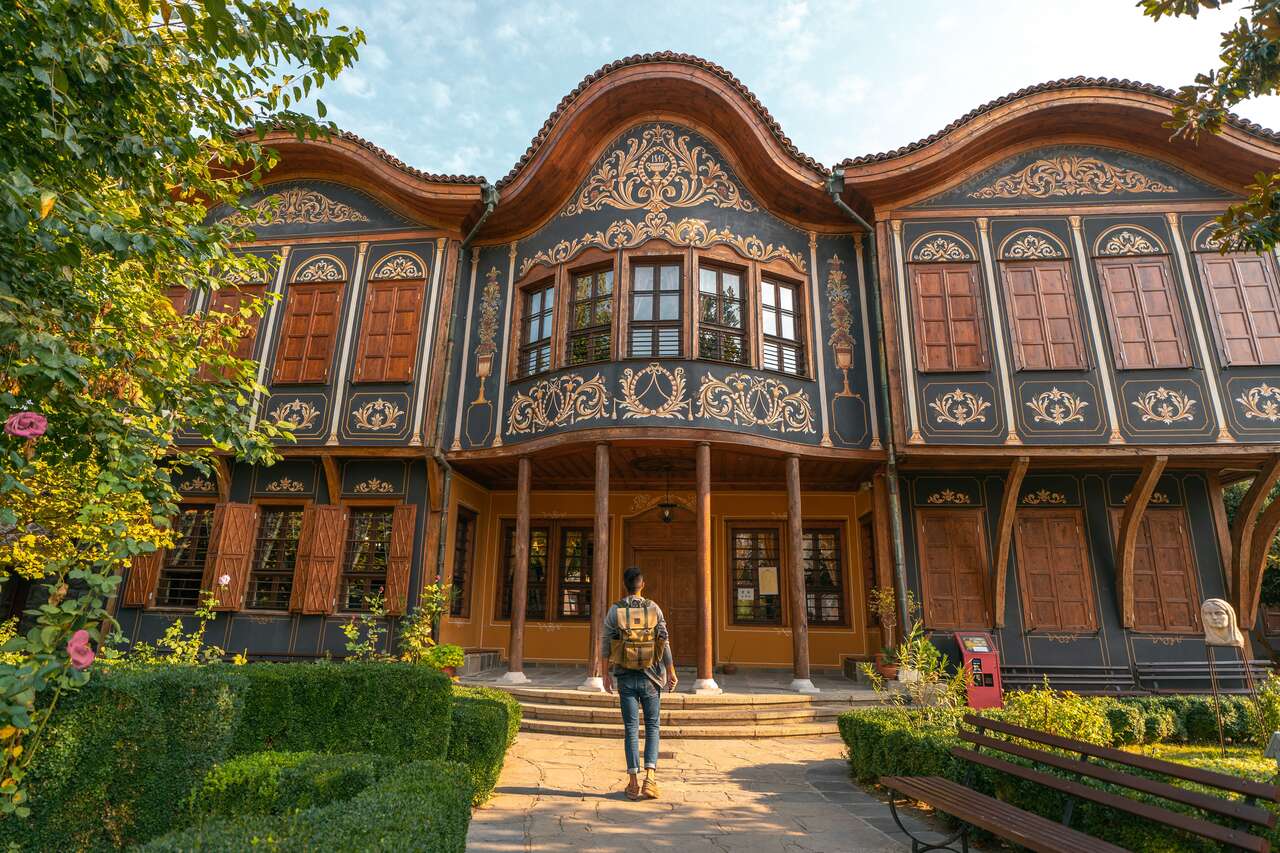

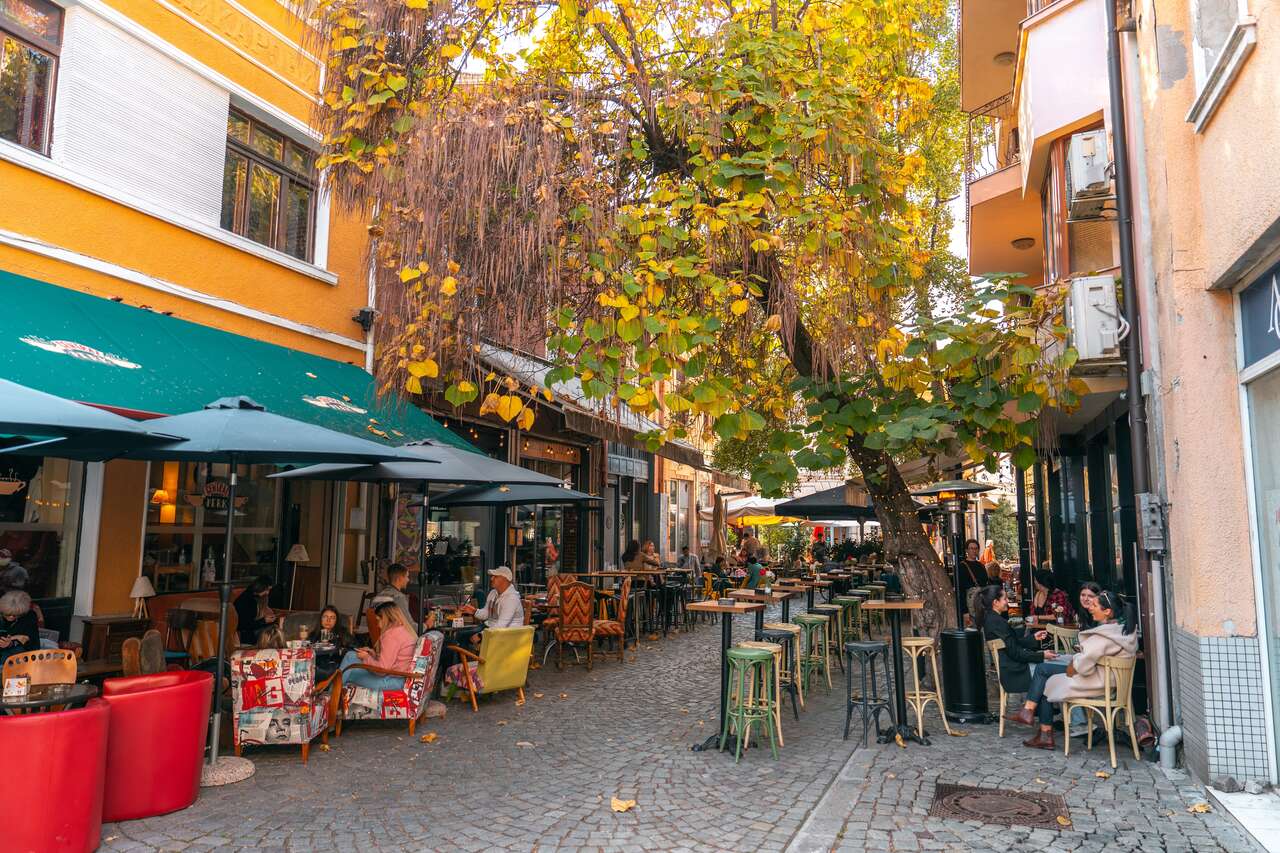
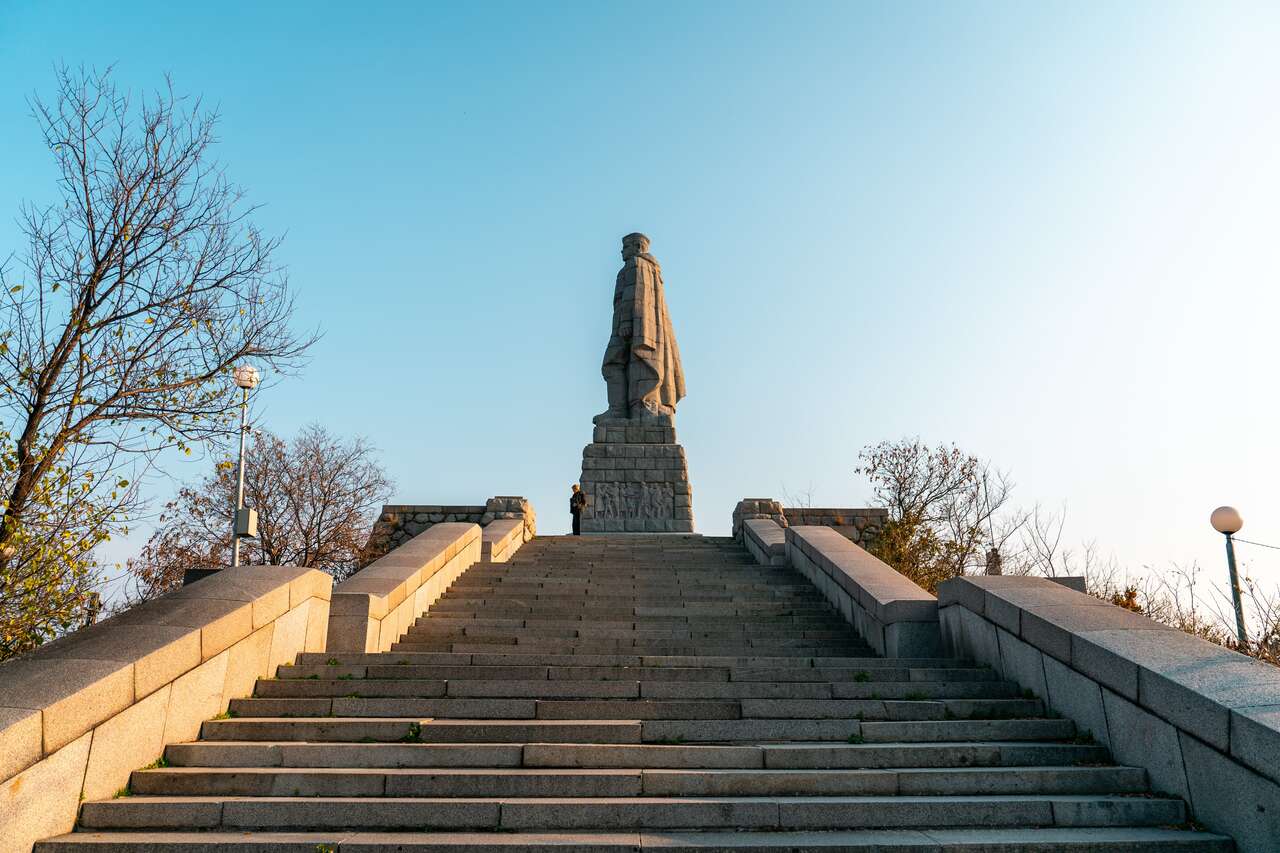
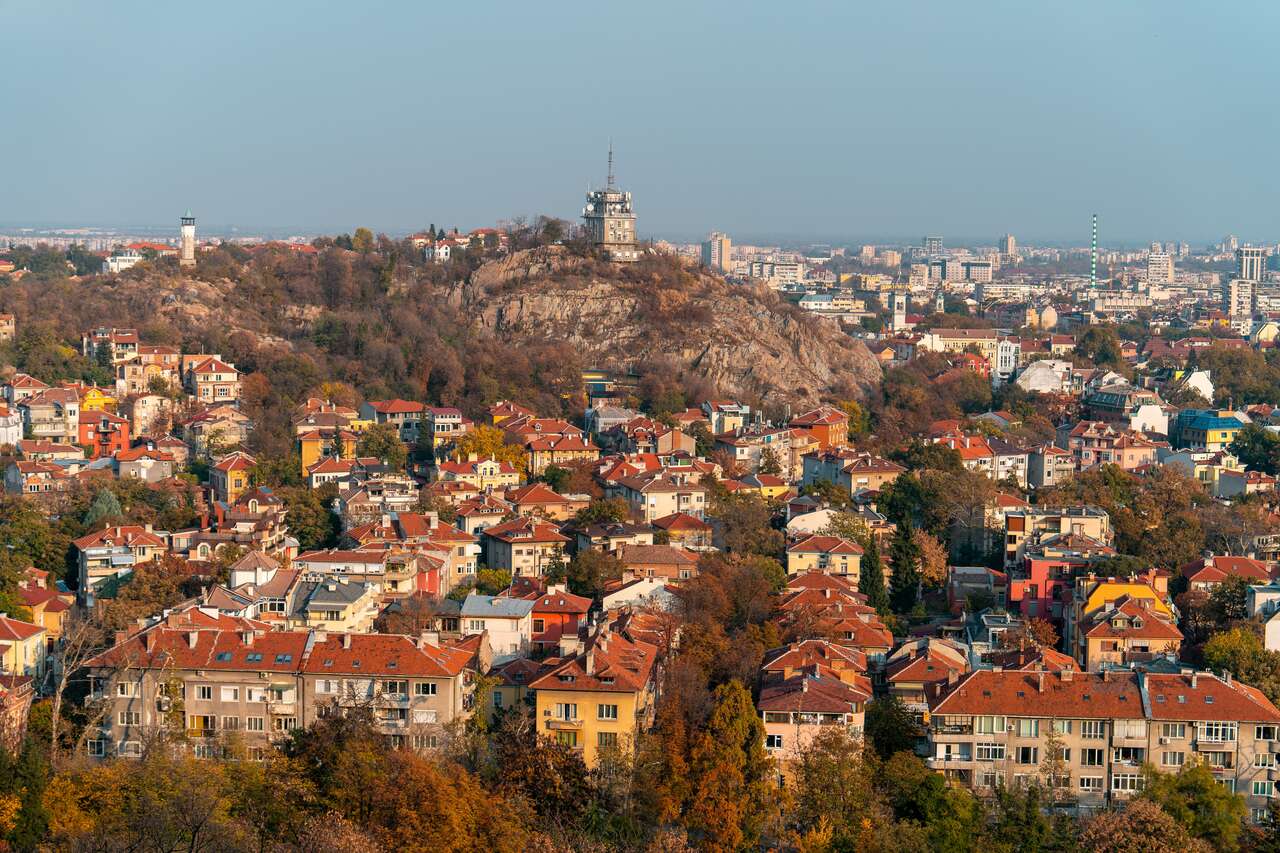

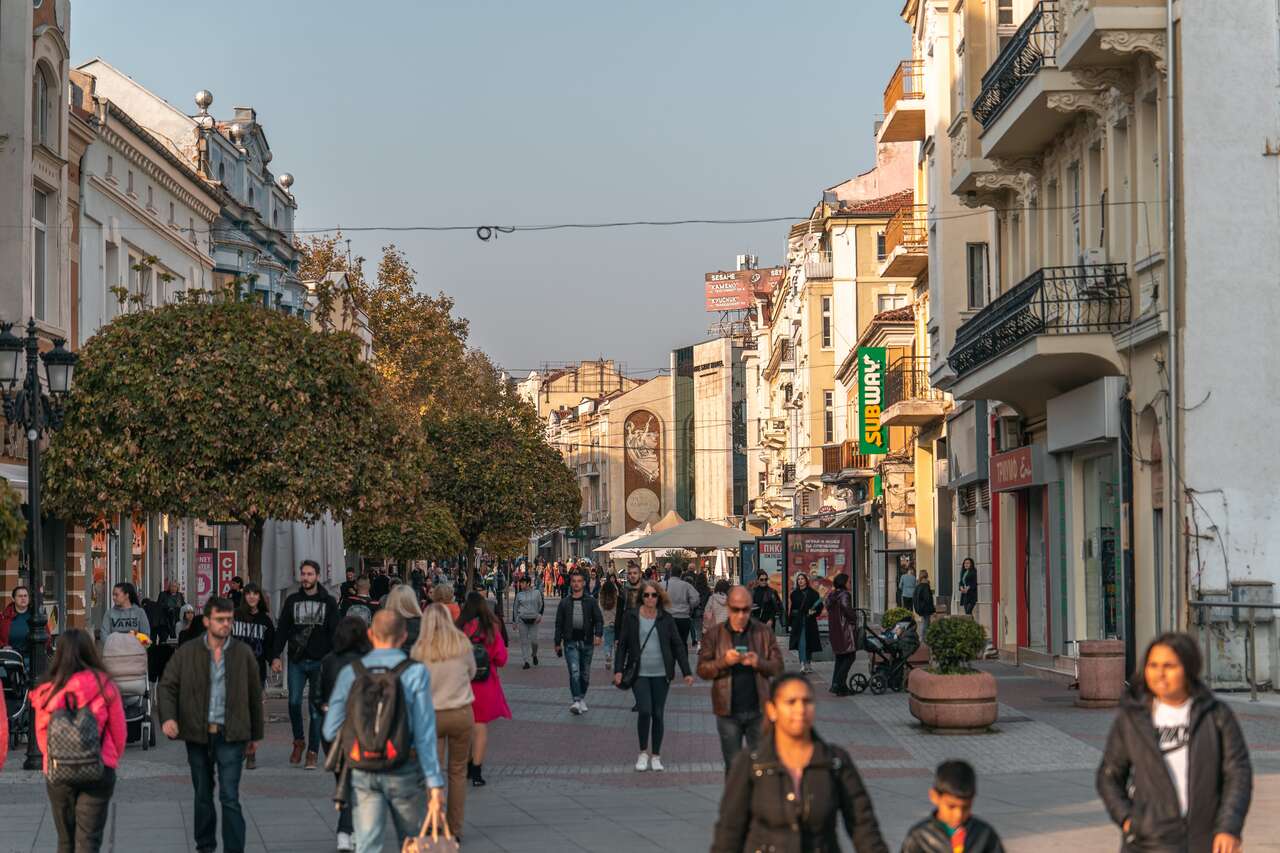



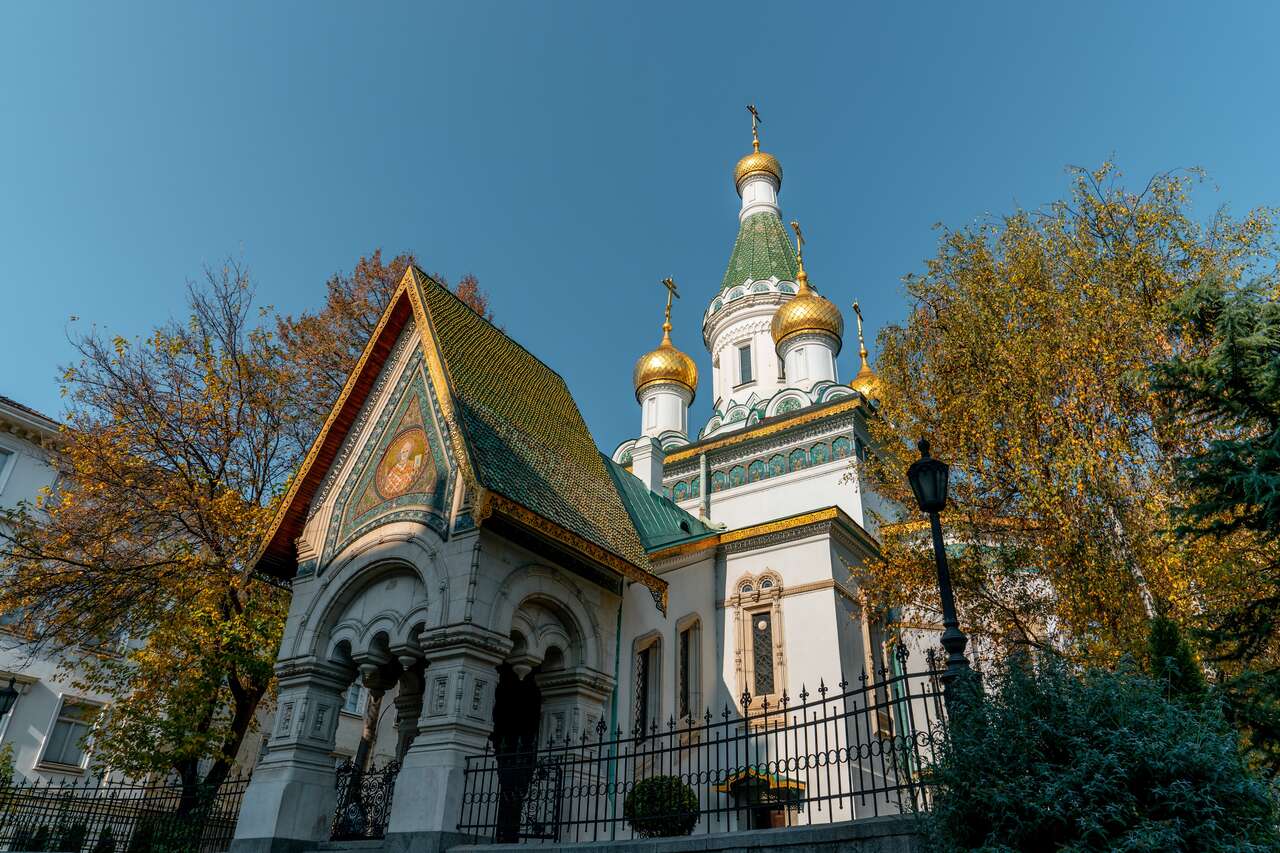
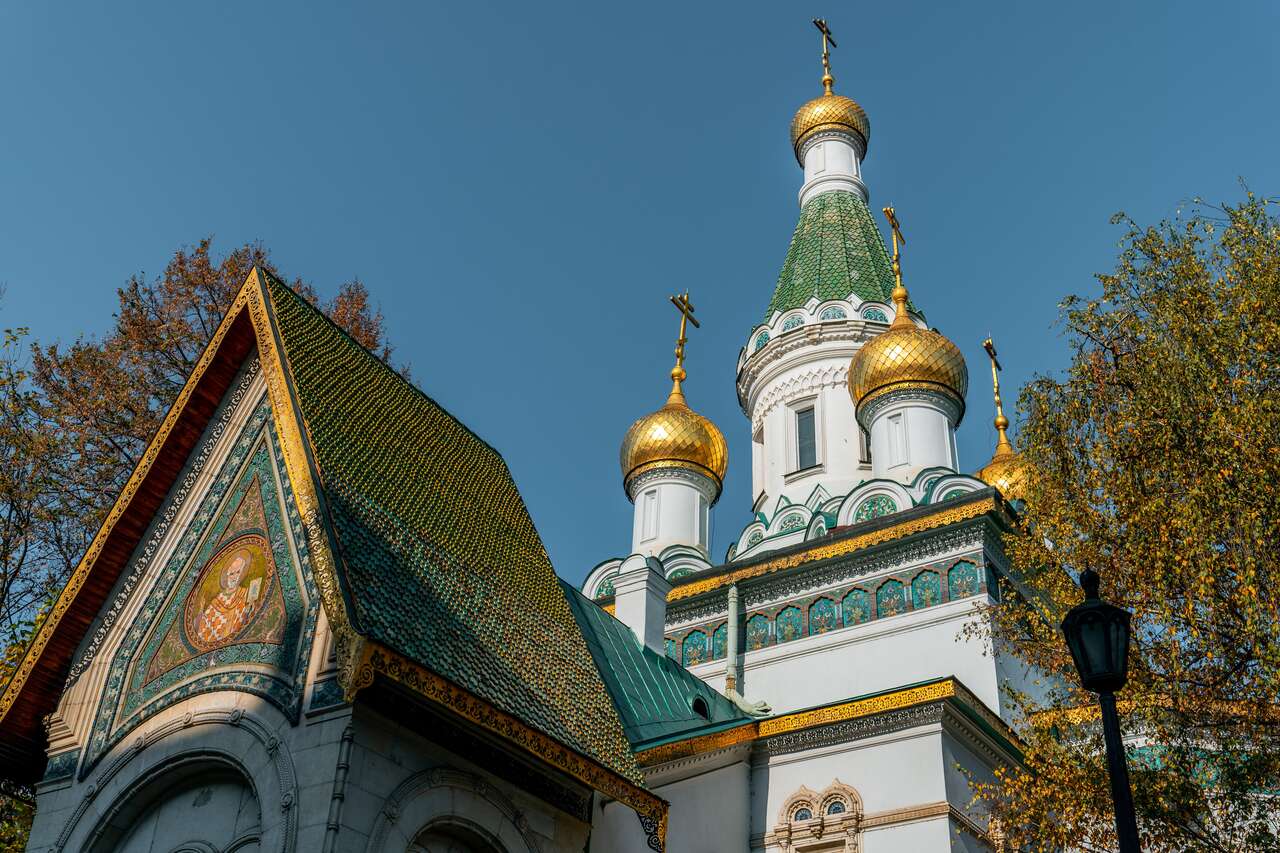
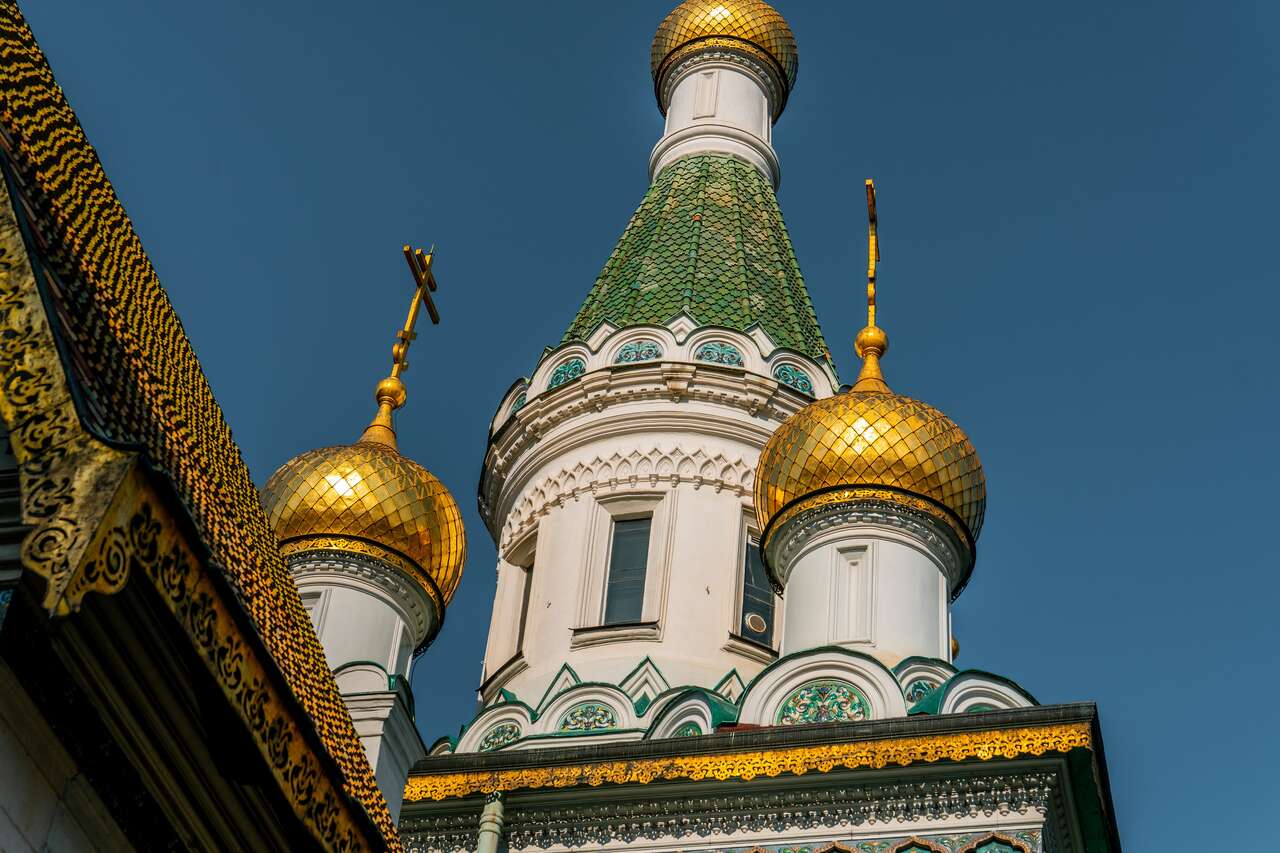

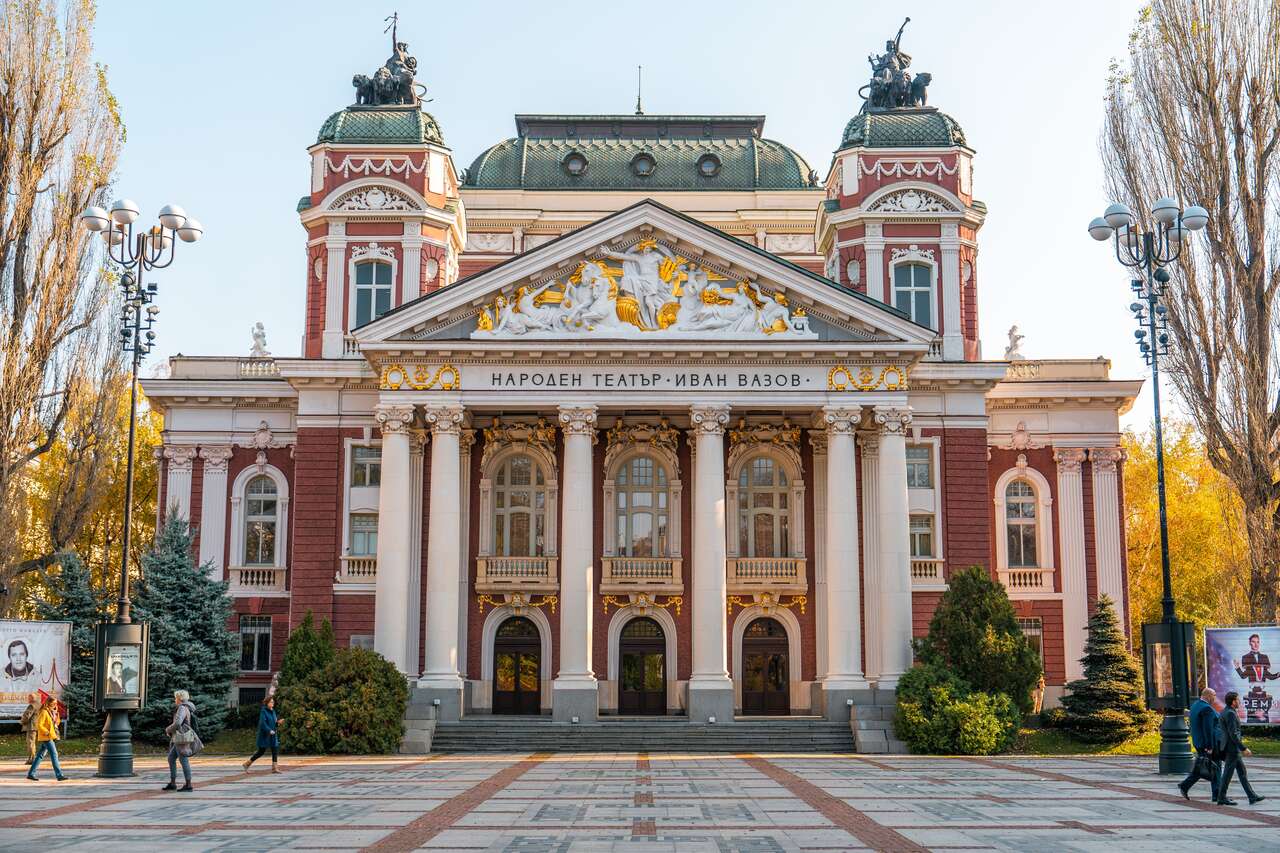






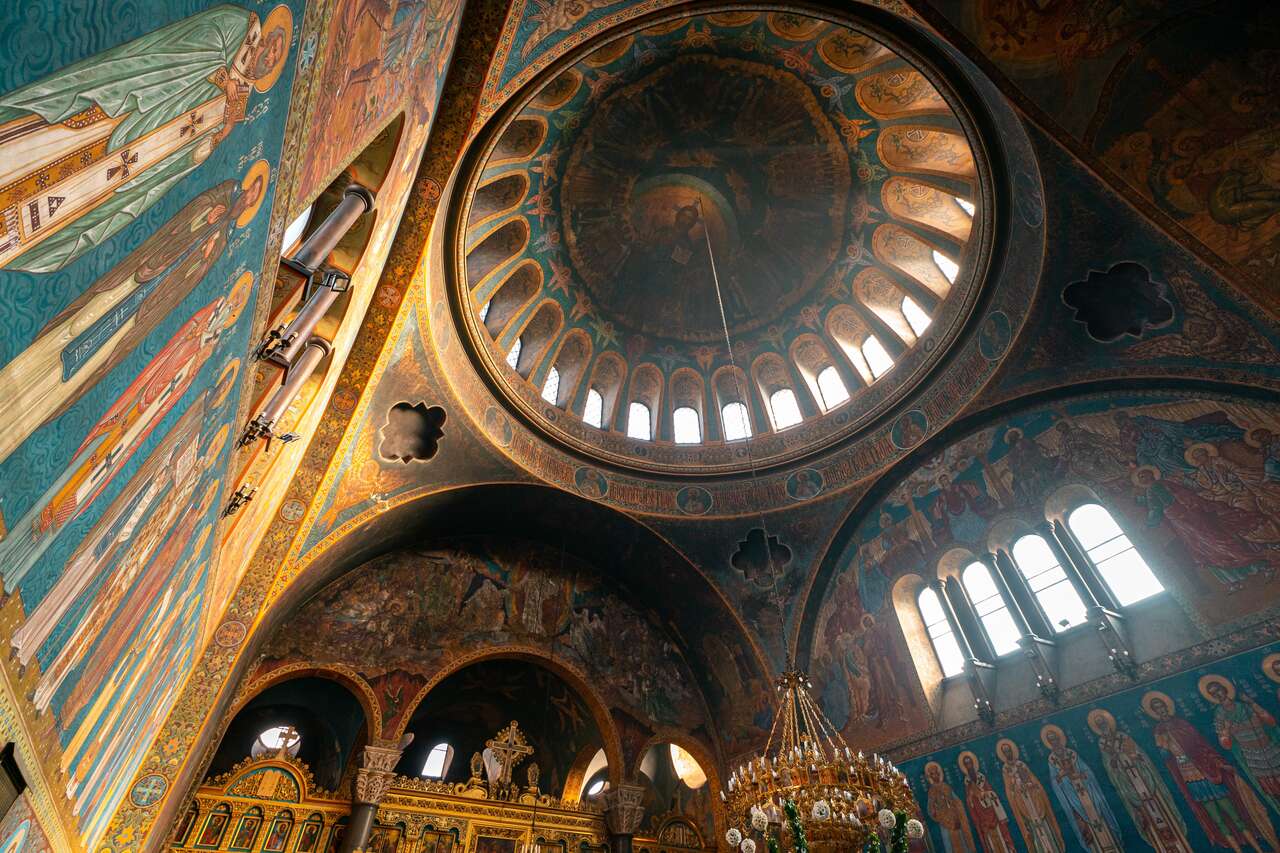
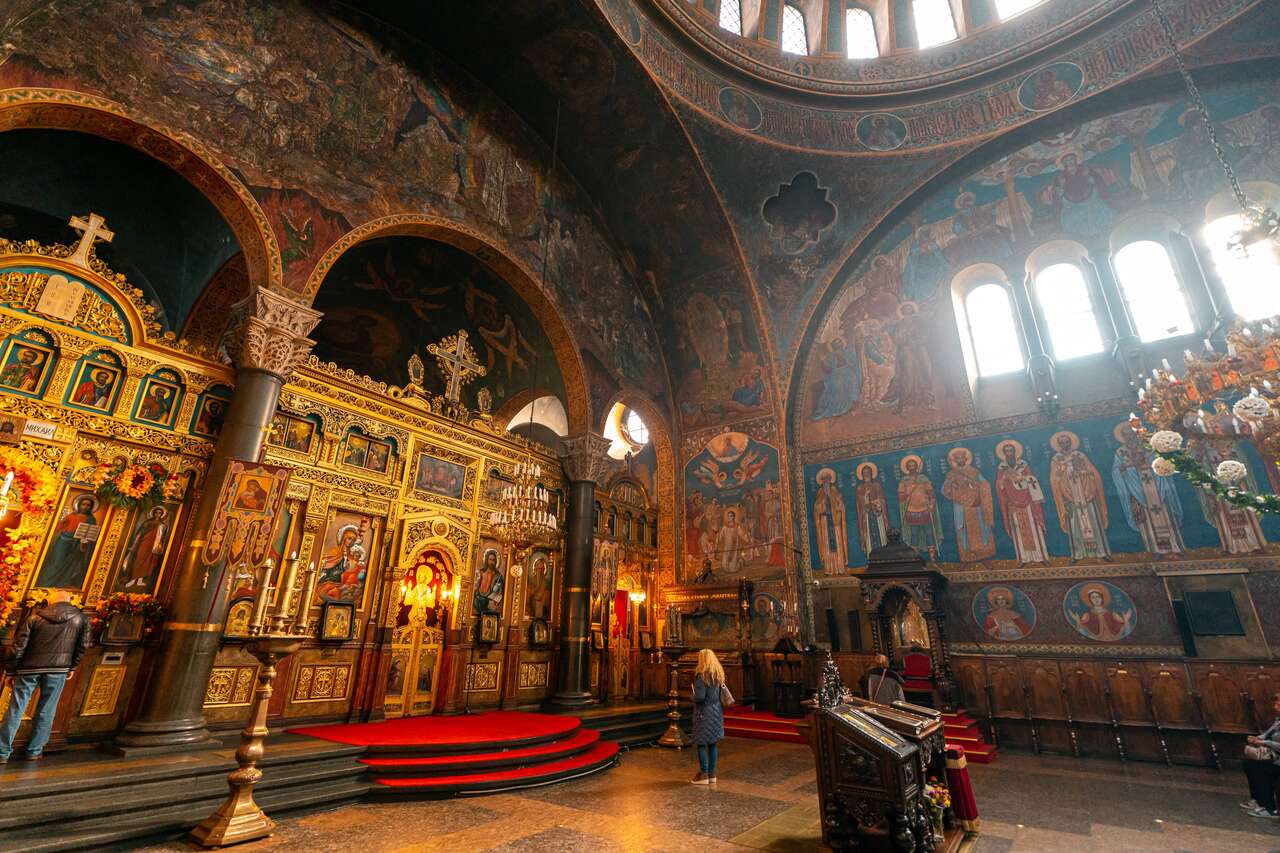
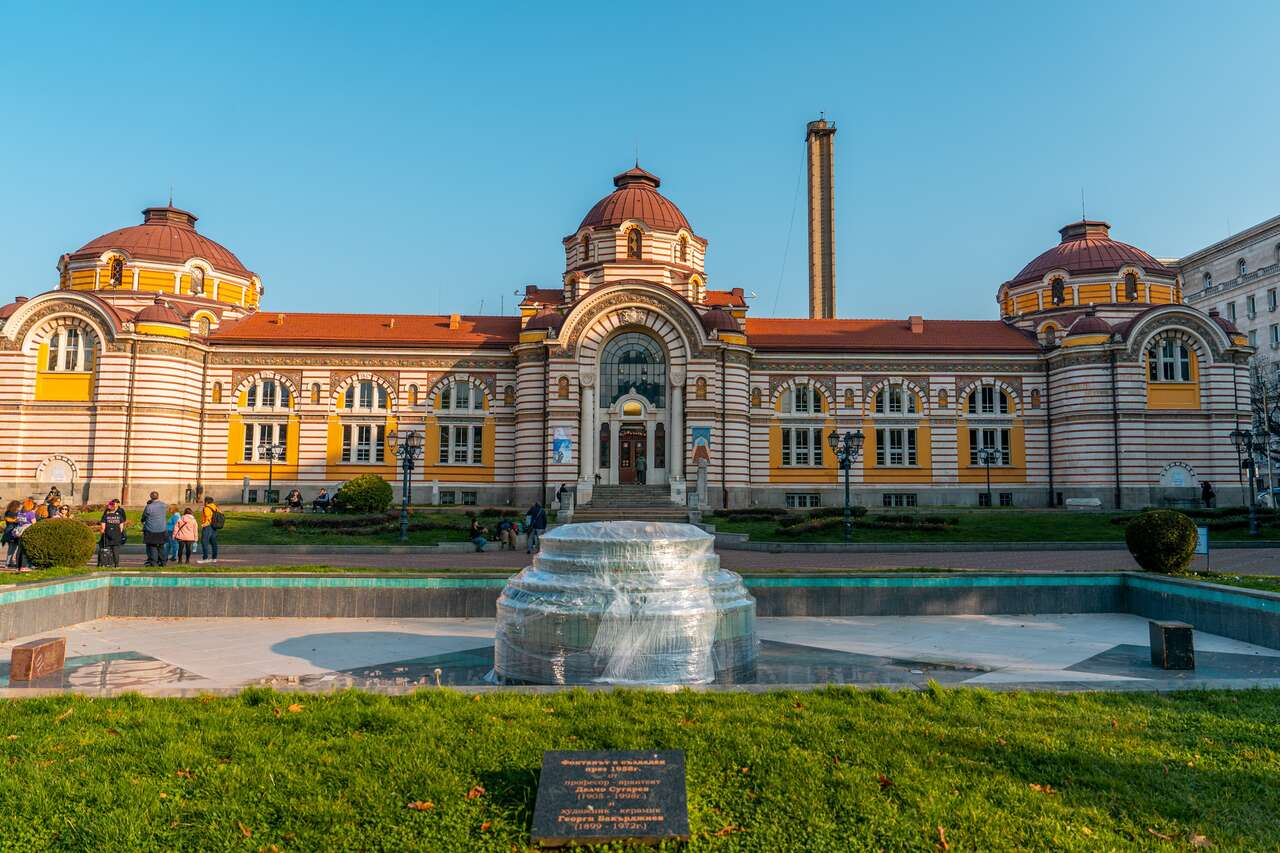
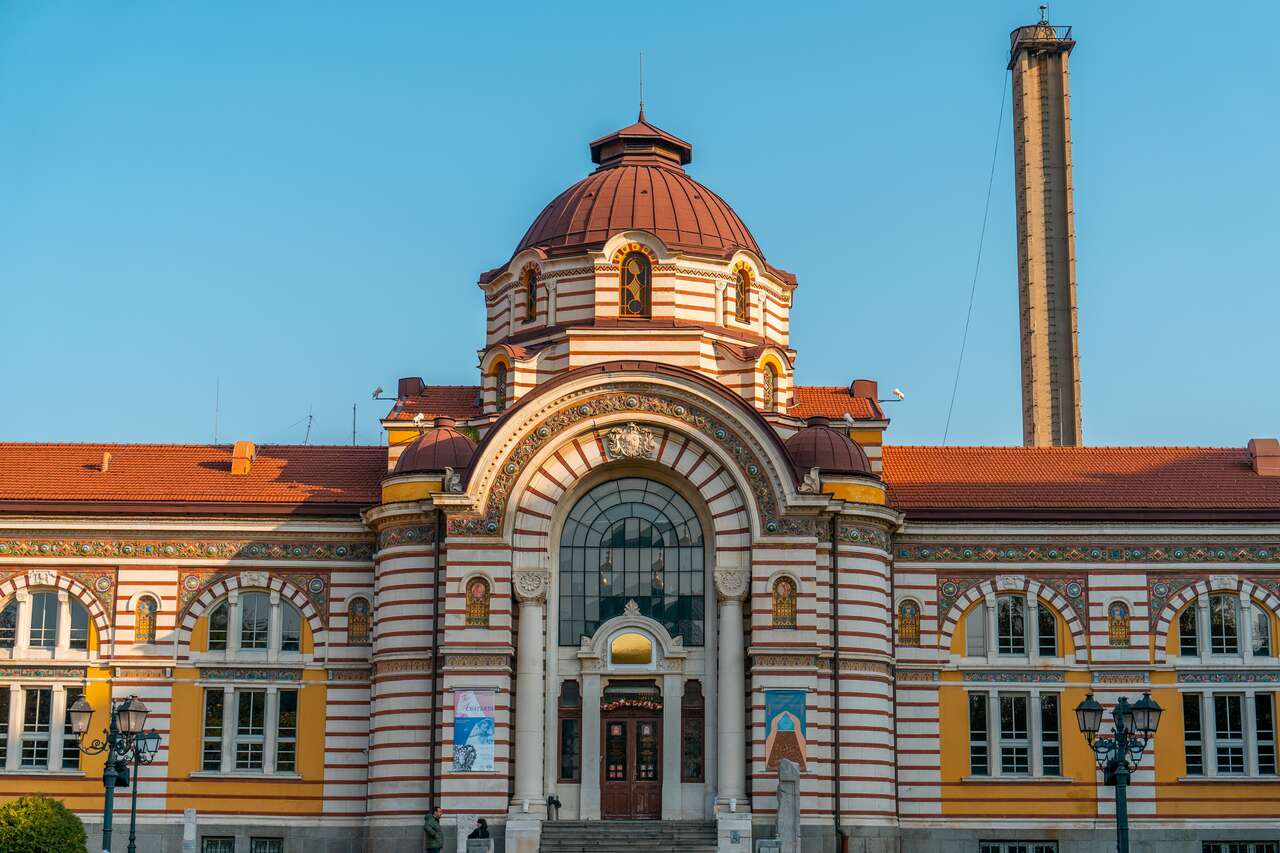
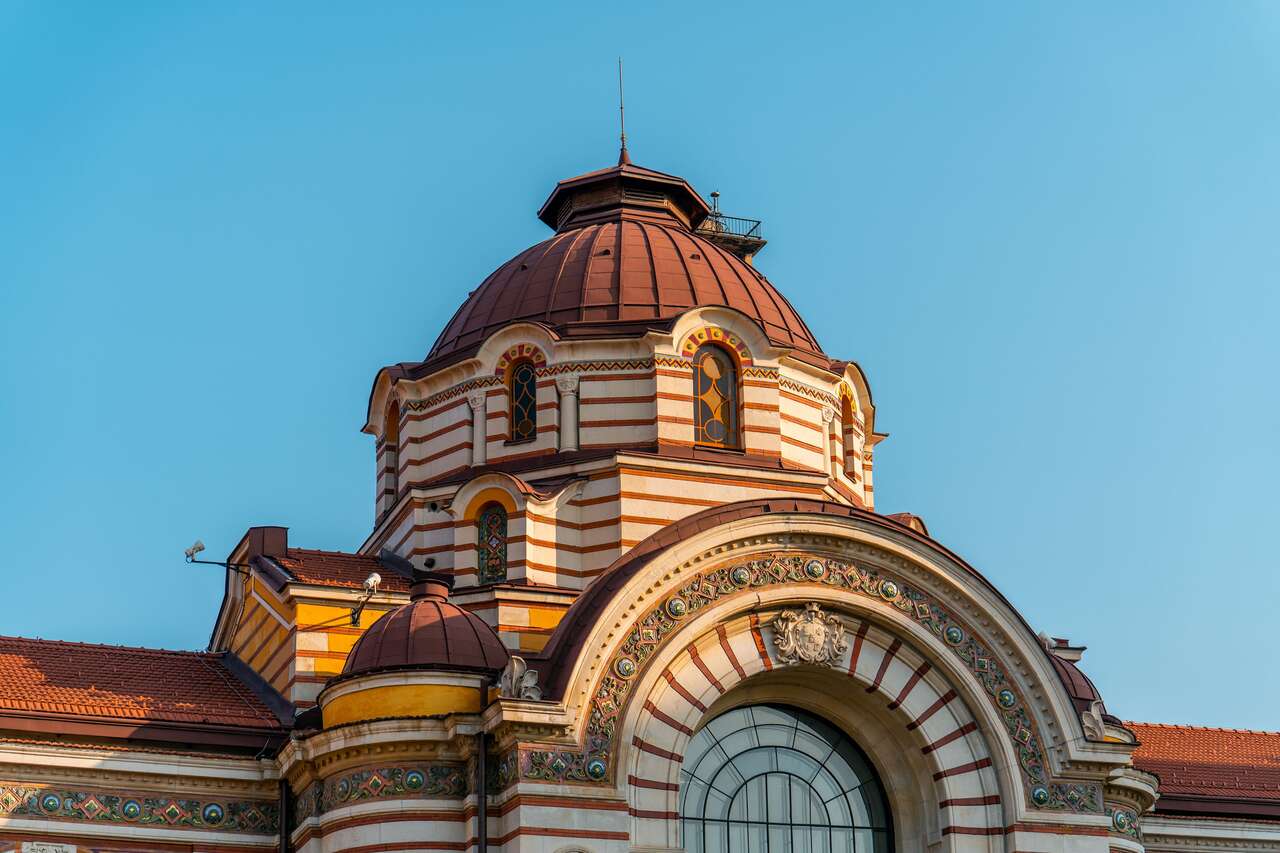

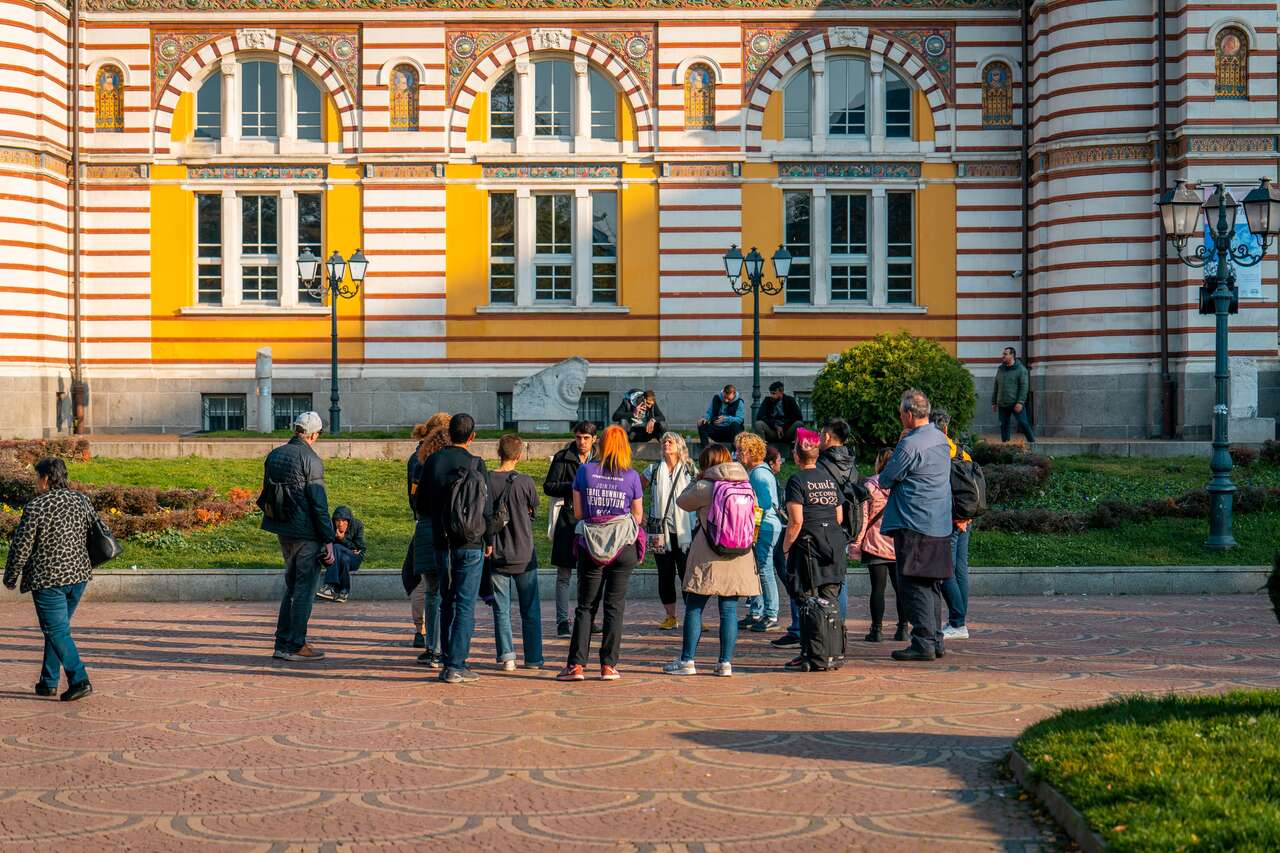
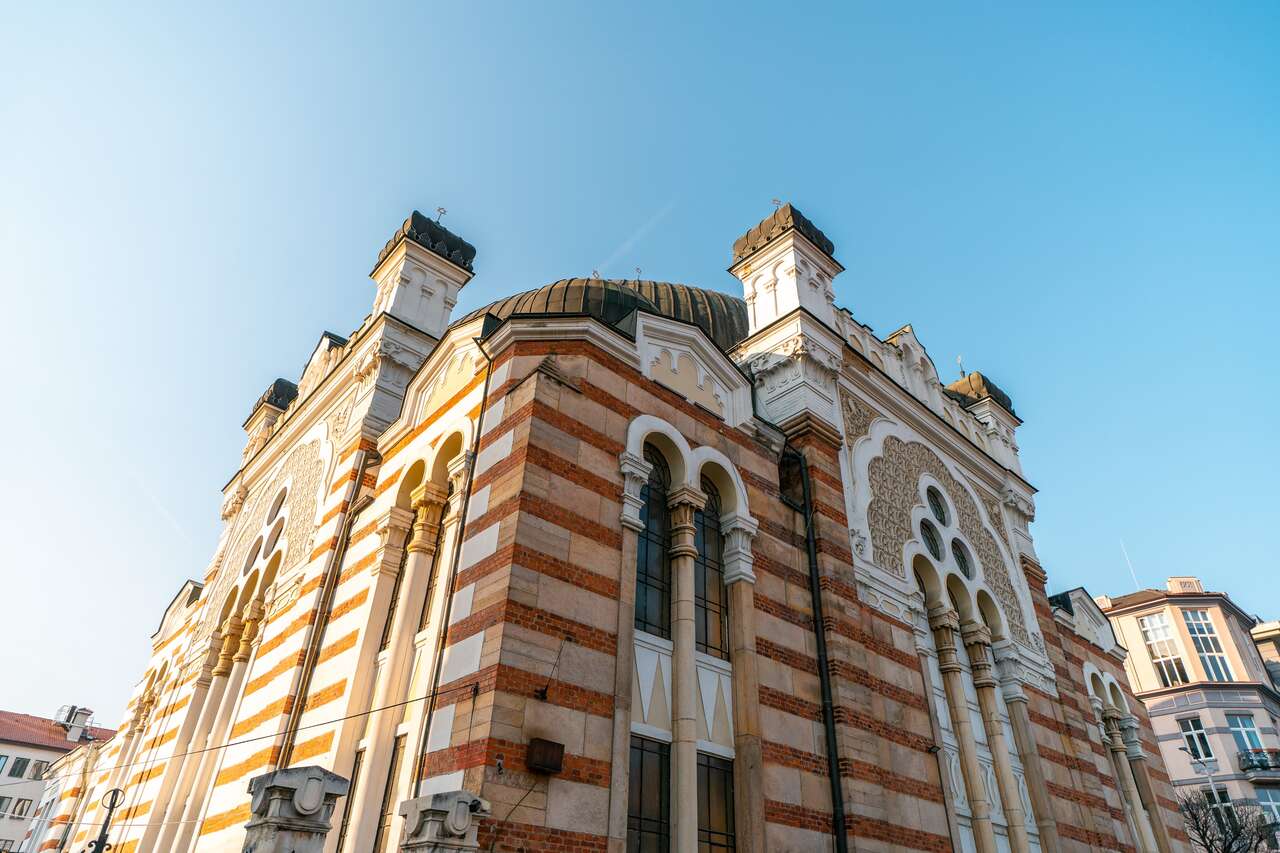


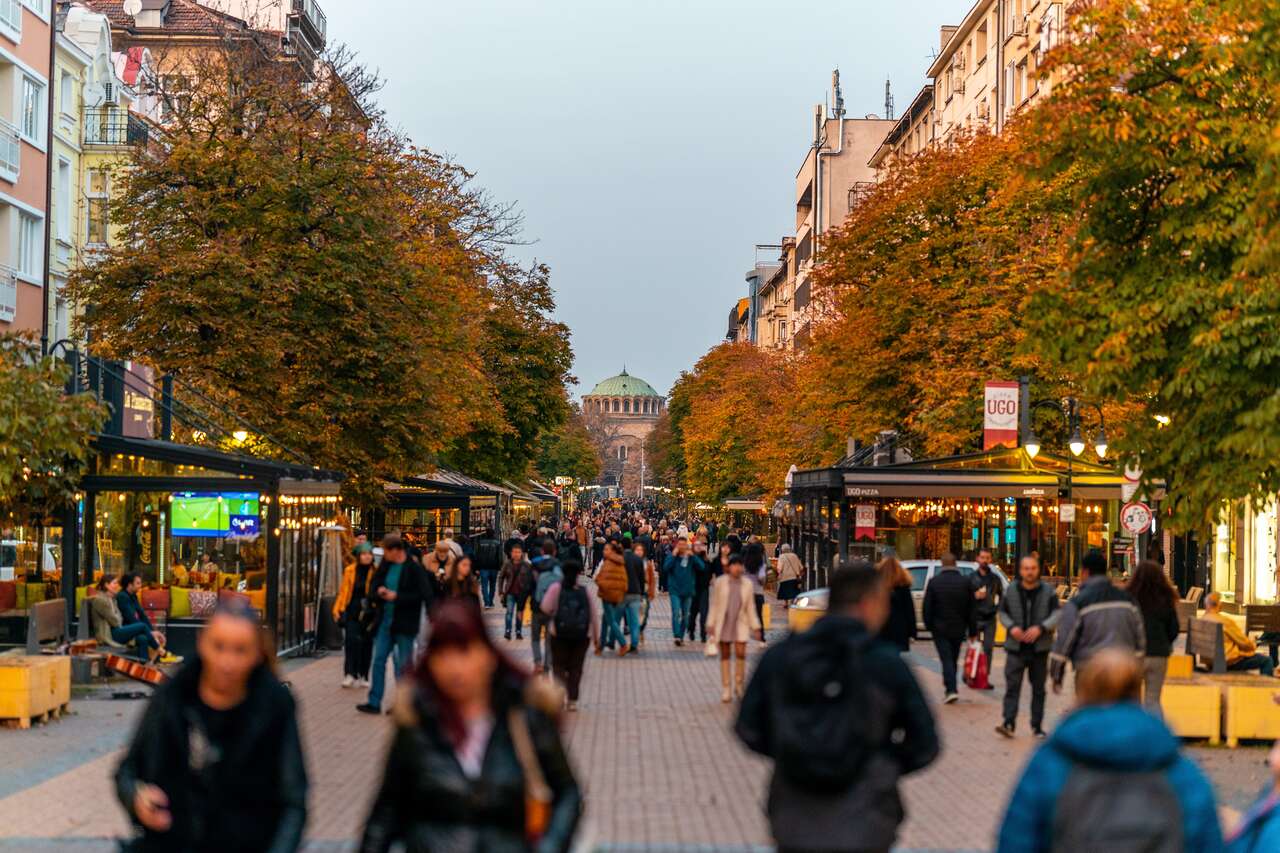
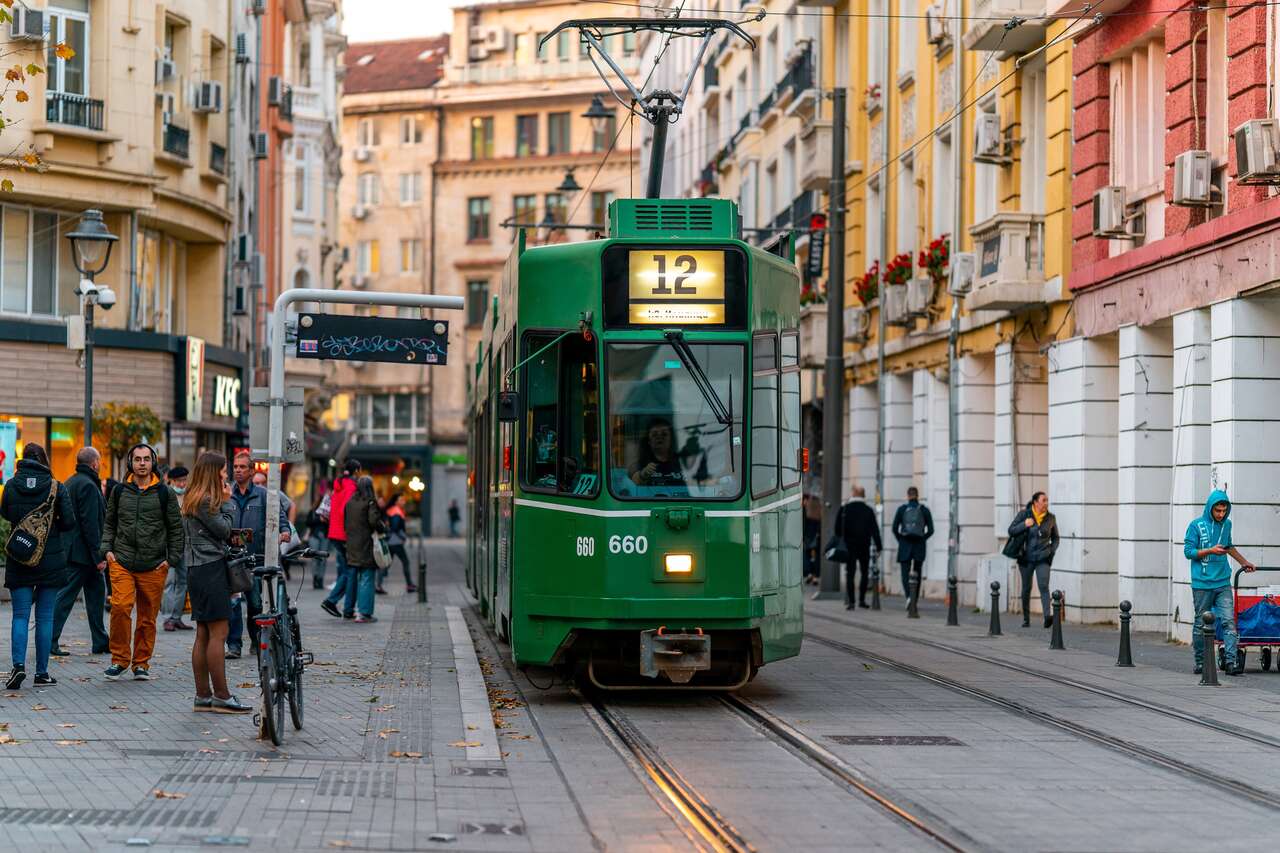

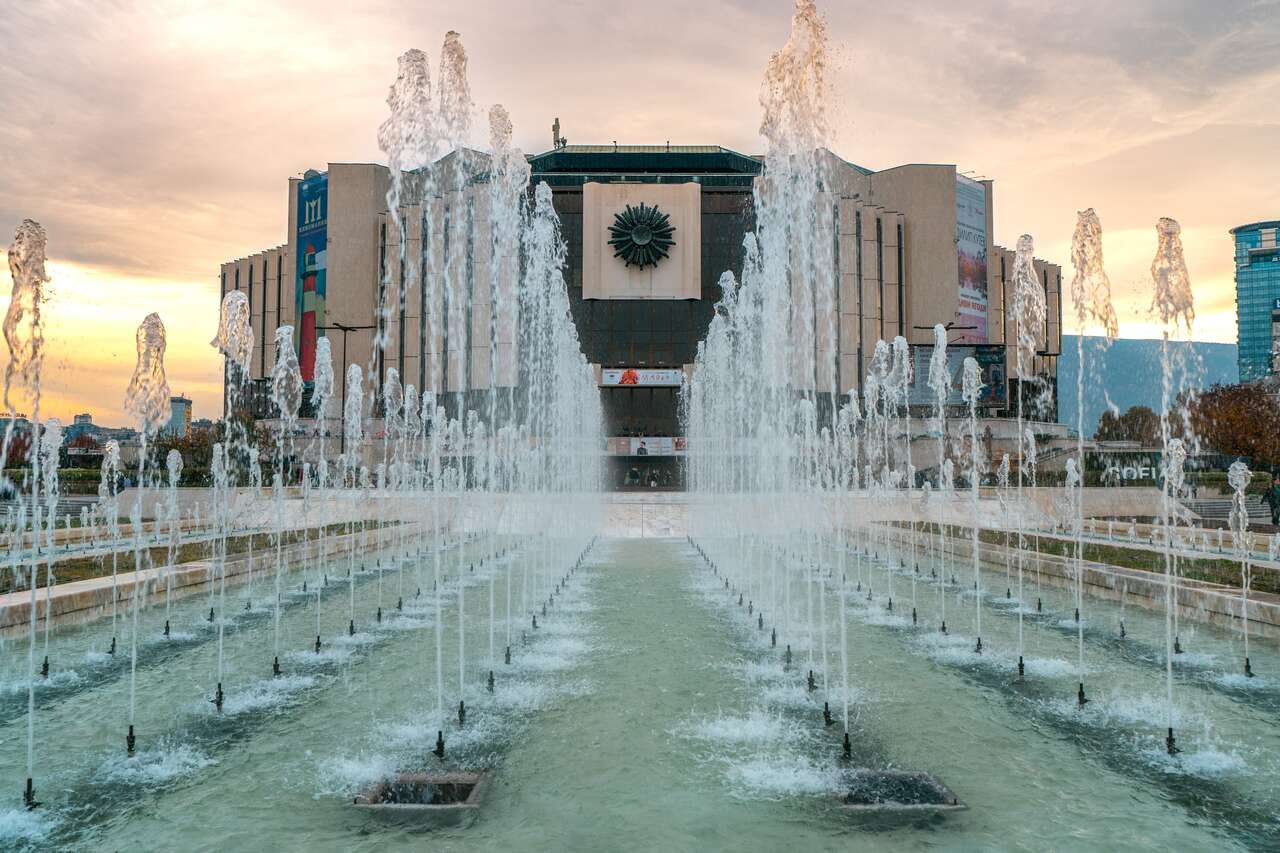
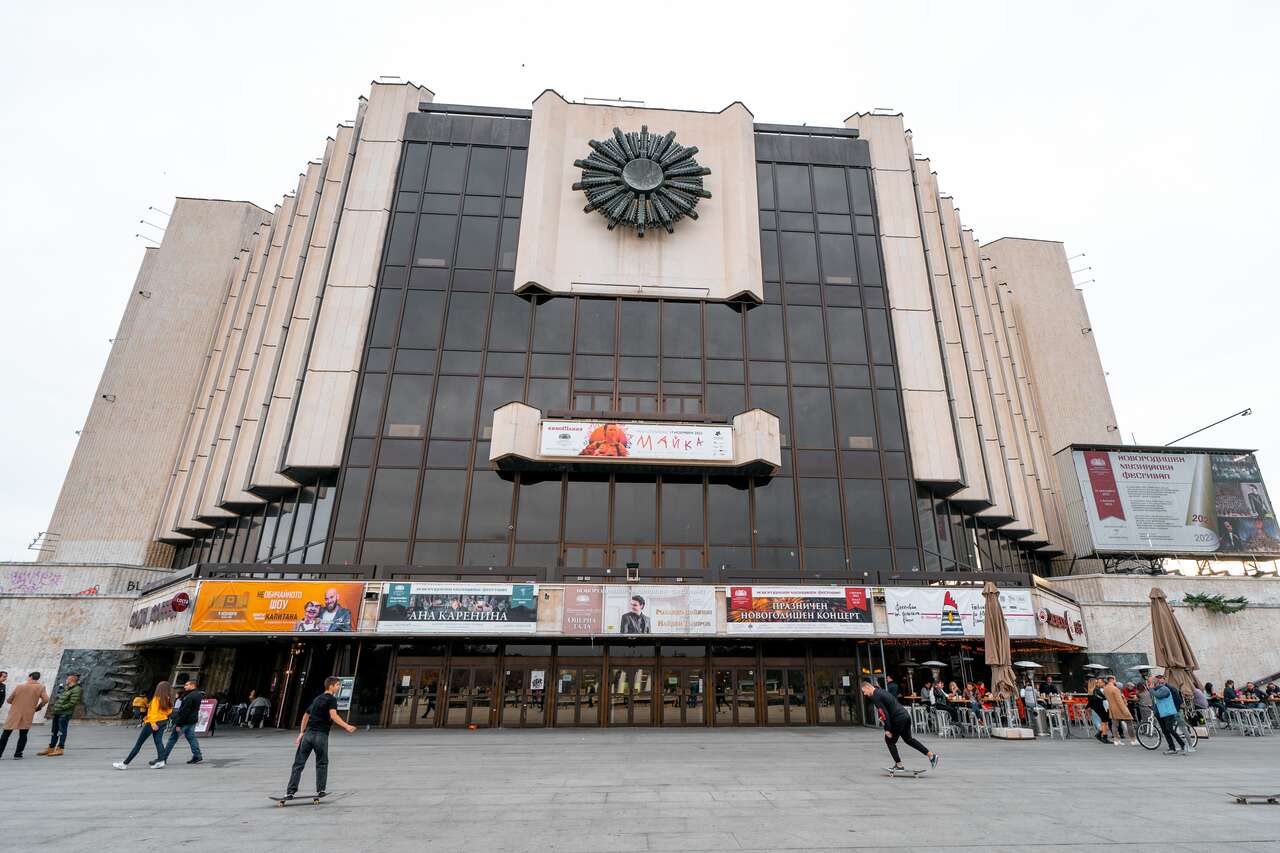
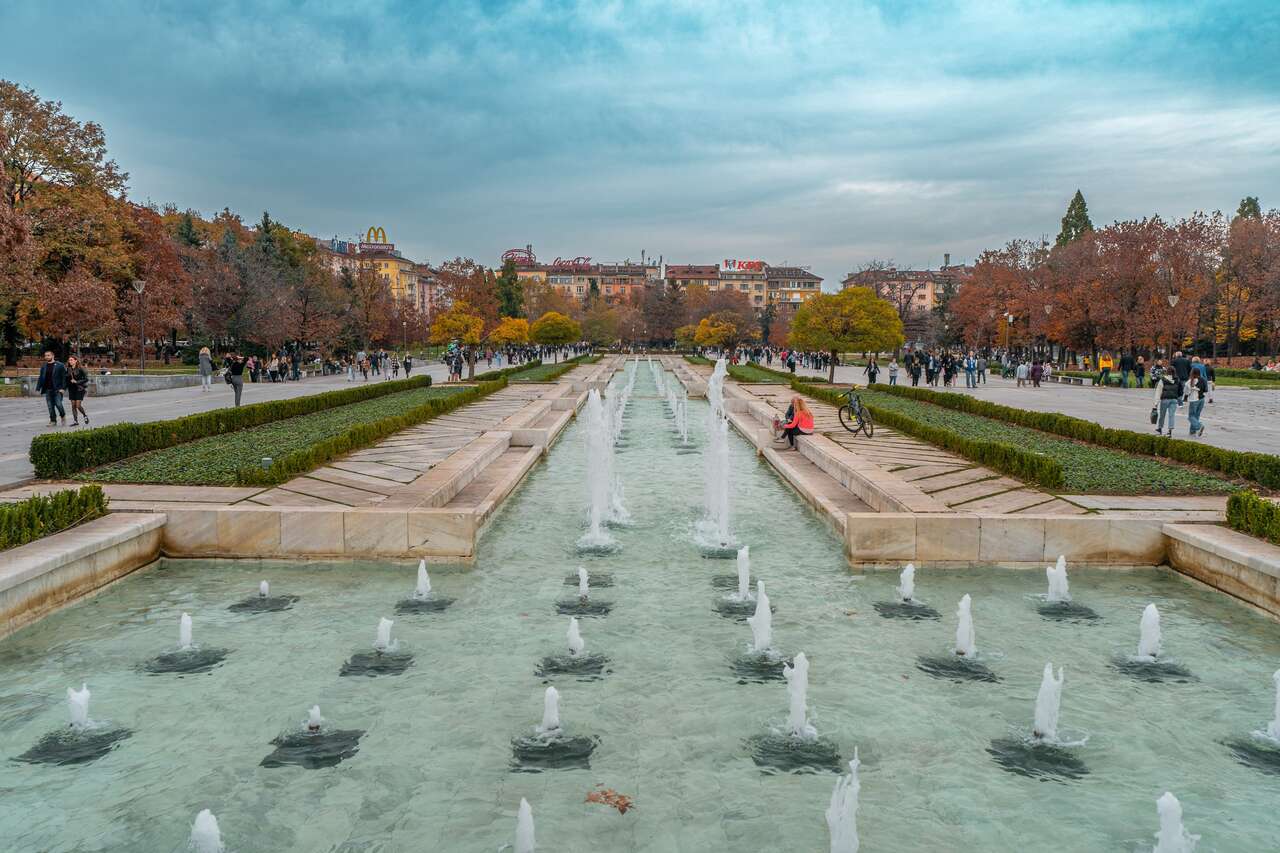

2 Comments
Thank you Pete for all your detailed info - you've made Sofia & Plovdiv sound very appealing. We hope to visit there sometime soon and your recommendations will definitely come in handy!
Thank you for the comments! Hope you found it useful!